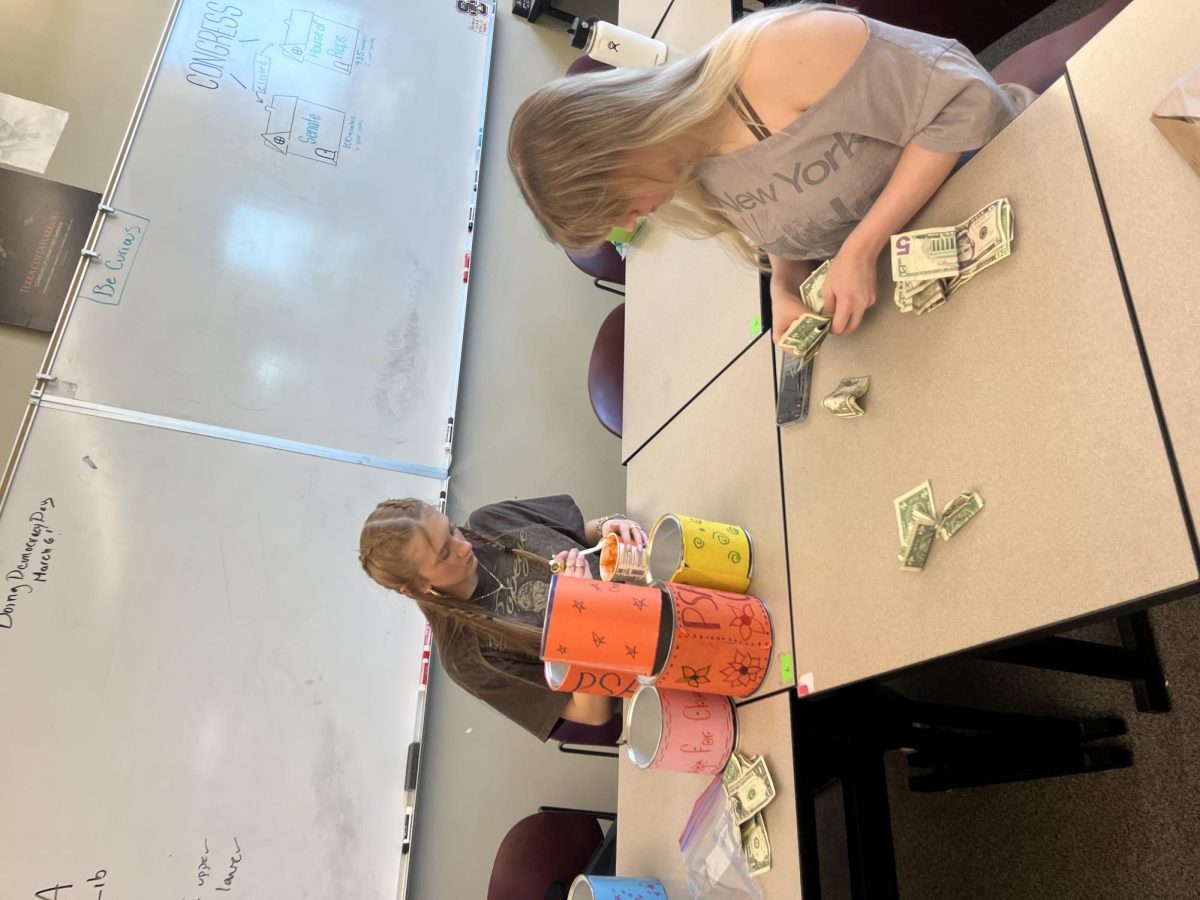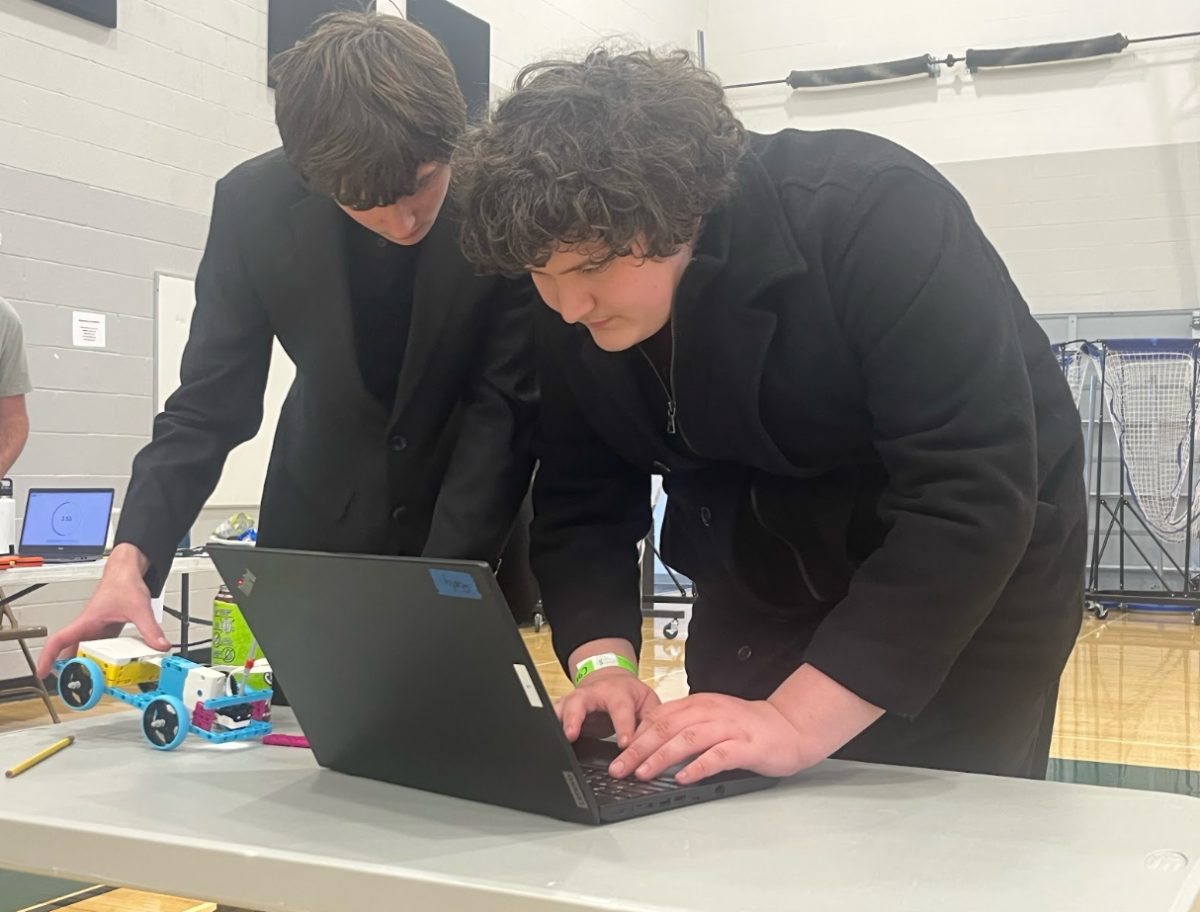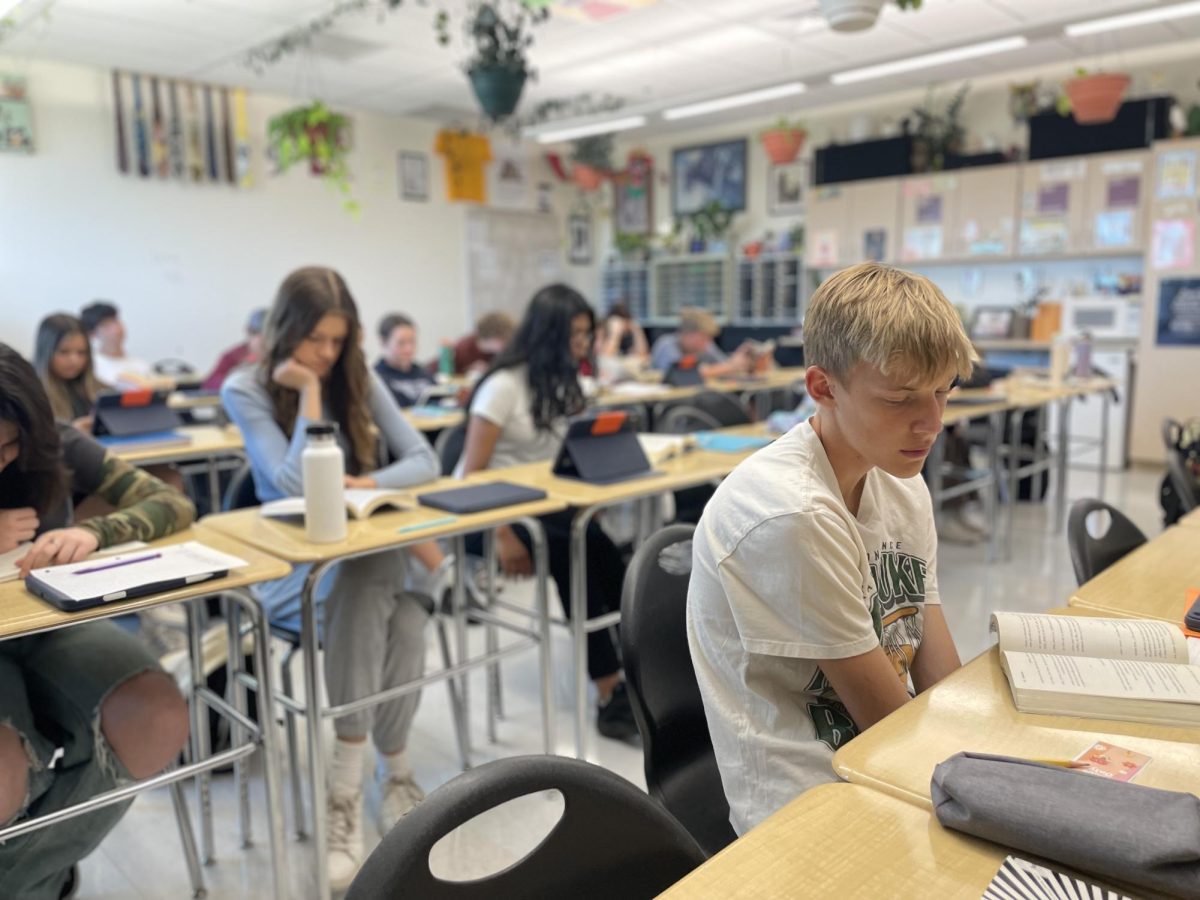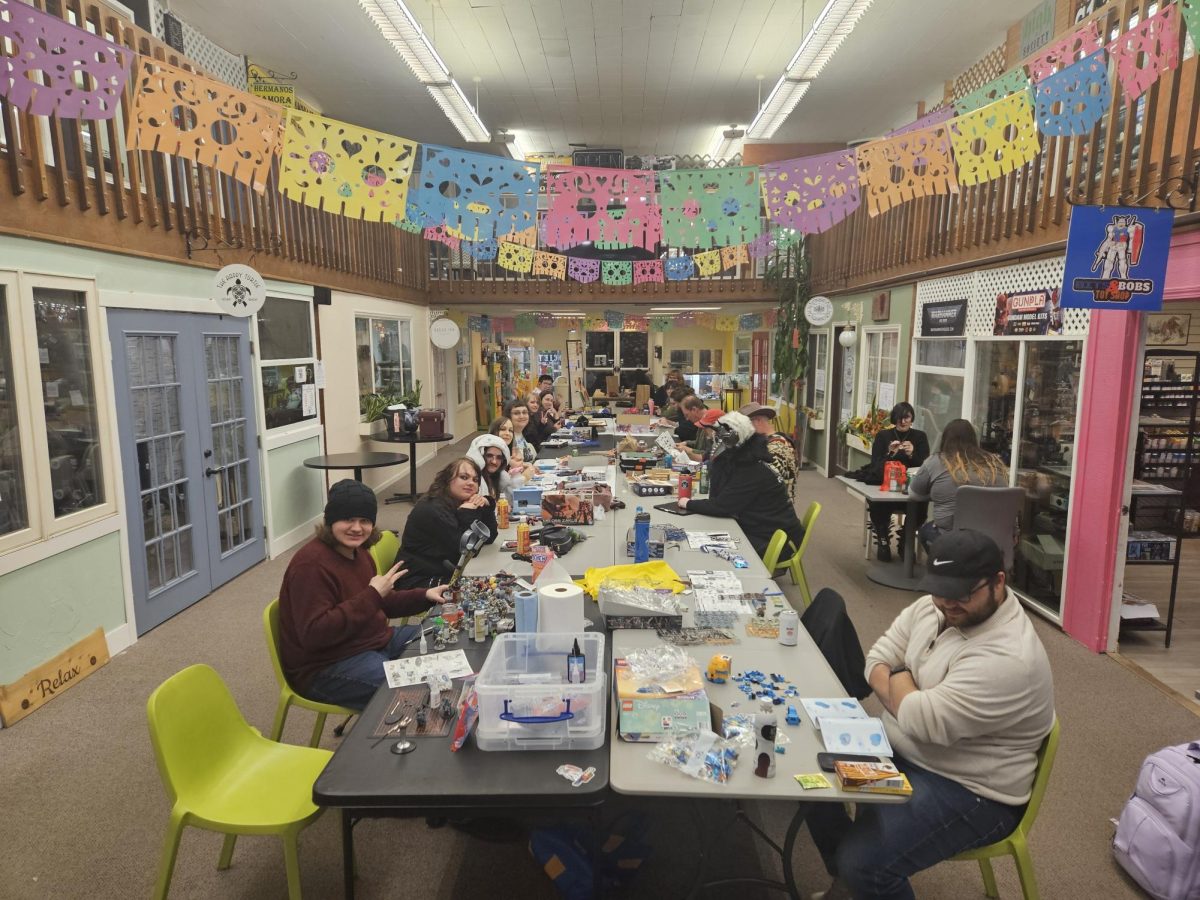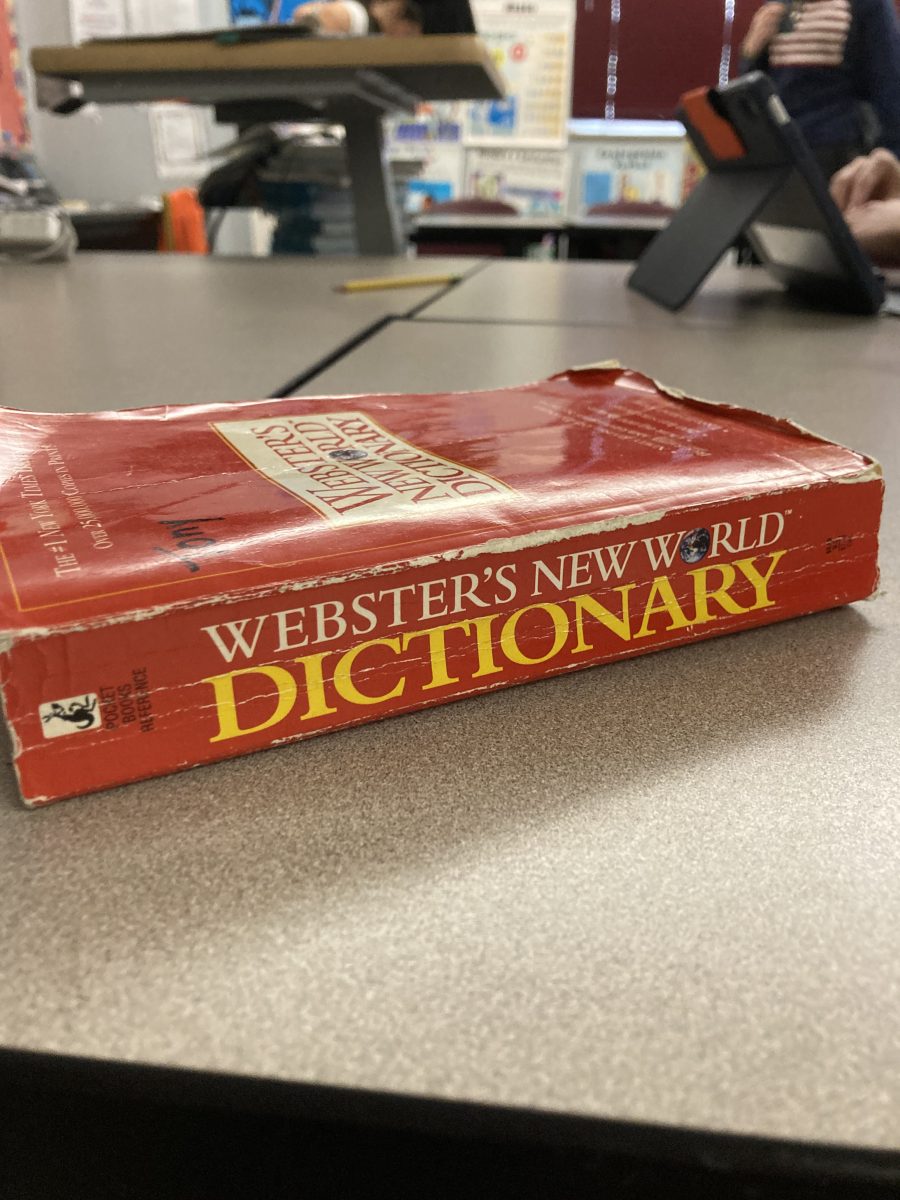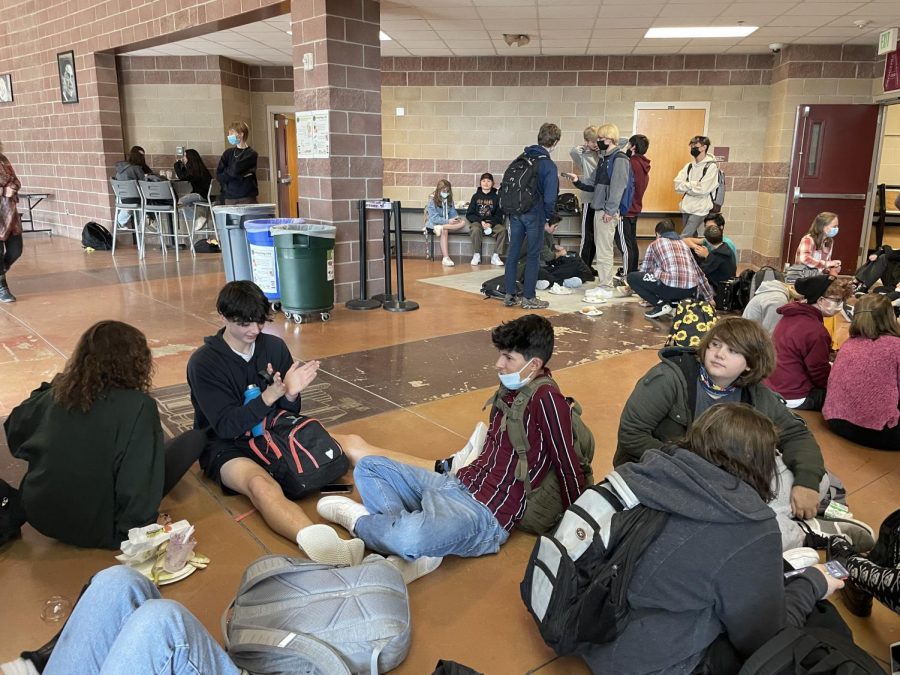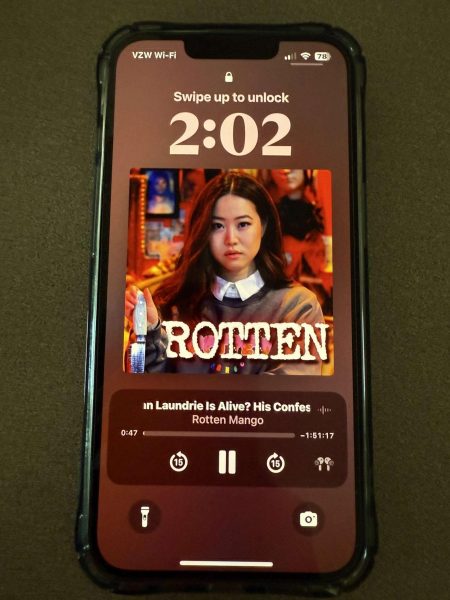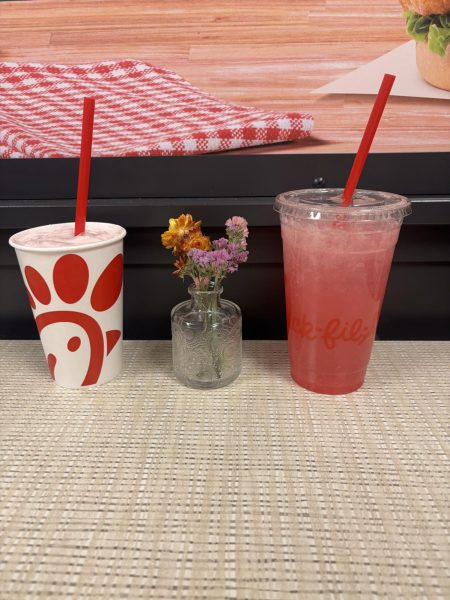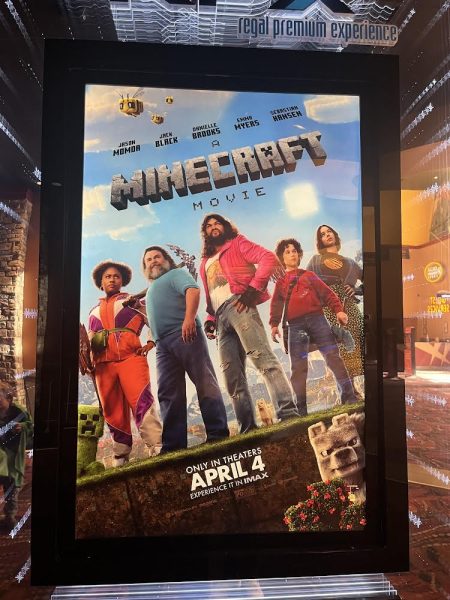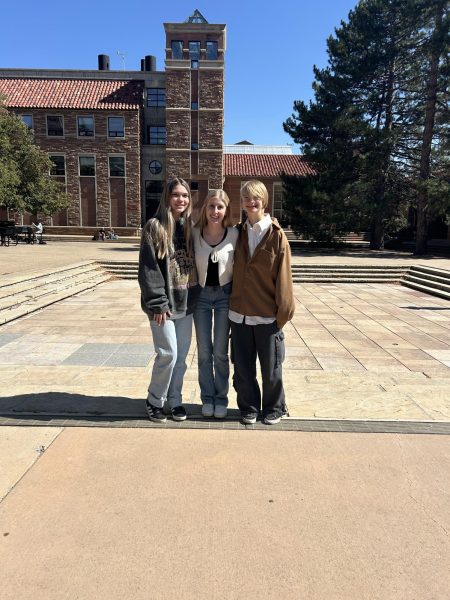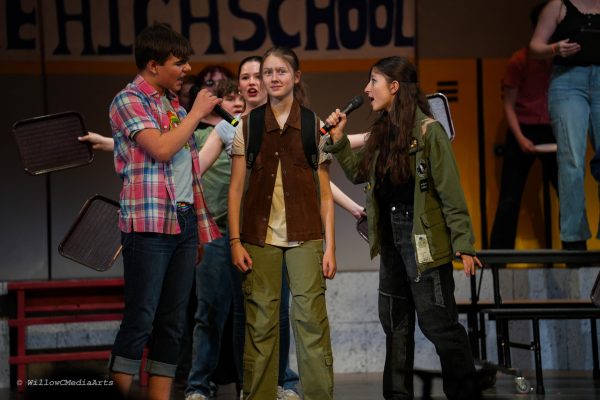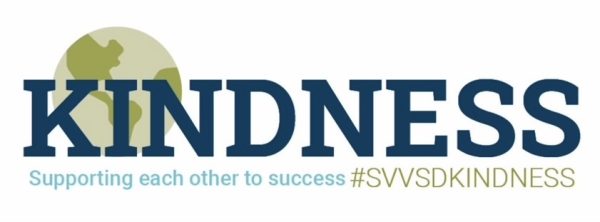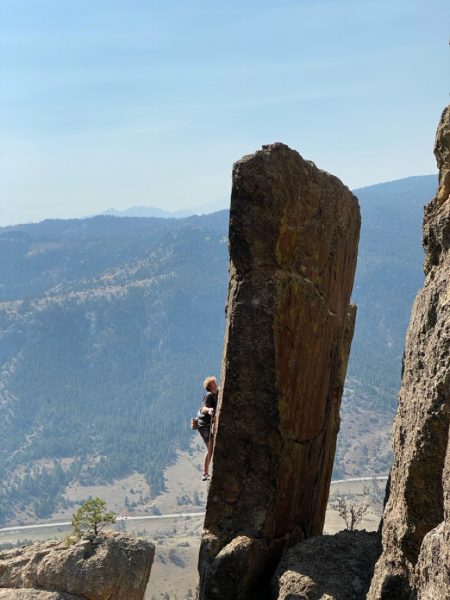Food Waste At Silver Creek
Photo Courtesy of Eden Rutledge
Students gather around at lunch taking a break to eat and hang out with friends. They are deciding on how they want to dispose of their food. Are they are going to leave it for others to pick up, or throw it in the correct bins?
Food waste is a big problem: so is Silver Creek a part of the problem or not?
Silver Creek High School staff and students share their true opinions on the amount and disposal of food waste at Silver Creek.
First, how the food gets to the students. Teri Zaynor, the head manager of the cafeteria, says, “We do batch cooking… I will cook so much for [the] first lunch and then if we…have a lot left over…. we will cook less for the second lunch.” Cooking in batches would allow for the cafeteria staff to not make unnecessary food, for example, making five trays instead of seven.
This year was different from other years because the lunches were free. Zaynor says,“a lot of kids come…and come because it’s free,” she continues with, “we pretty much get rid of everything.” Silver Creek High School has made the meals free for this year because of those recovering from the pandemic.
Food waste is a worldwide problem that affects “1 in 8 Americans”(Nrdc.org). The worldwide problem is not because of the production of food, but the distribution and disposal of the food. The same problem is occurring at Silver Creek High School.
Silver Creek is great at lowering waste food production, but the disposal of food is where the “problem starts.” Silver Creek student Tate Finnestead says, “I see kids… throw [away] things like grapes, but not in the trash can, throwing [away] food is a big problem for this school.”
The disposal of waste has caught the attention of many people. Student Anna Scalf has noticed the problem first hand, “people throw food at each other and… throw it on the ground and just don’t pick it up,” she says, “it’s wasteful.”
Janitor Anthony is left to clean up the mess, “when I go to clean up the front of the campus, the food boats and the bowls that food comes in [are] floating around outside of the bins sometimes,” he says, “but it’s not too bad.” Without the janitors, the waste Silver Creek students produce would be littered all over Longmont, Colorado.
Despite the disrespectful behavior of the students, Anna Scalf explains how “you can’t dictate children into eating all their food, they are either going to eat it or not”.
At this moment, the thrown away food ends up in the landfill, and Silver Creek is trying to change that by becoming a Green Star School – where they will incorporate compost and recycling into their disposal process.
A Green Star School is a school that is “partnering with Eco-Cycle to move toward Zero Waste through increased recycling efforts, the implementation of composting school-wide, and special waste reduction activities.” The new ways of disposal will allow students to “use a special station where they deposit reusable service ware into hot, soapy water to be washed and reused; milk and juice containers into a recycling bin; and sandwich crusts, banana peels, other food leftovers, and non-recyclable paper such as napkins or paper towels into a compost bin” (svvsd.org).
When Silver Creek High School transfers to a Green Star School the waste will decrease immensely. Students will be able to compost food waste, which will reduce the amount of food going in the trash.

Eden Rutledge is a 9th grader at Silver Creek High School. She has always been interested in journalism, and learning more about it. She looks forward...
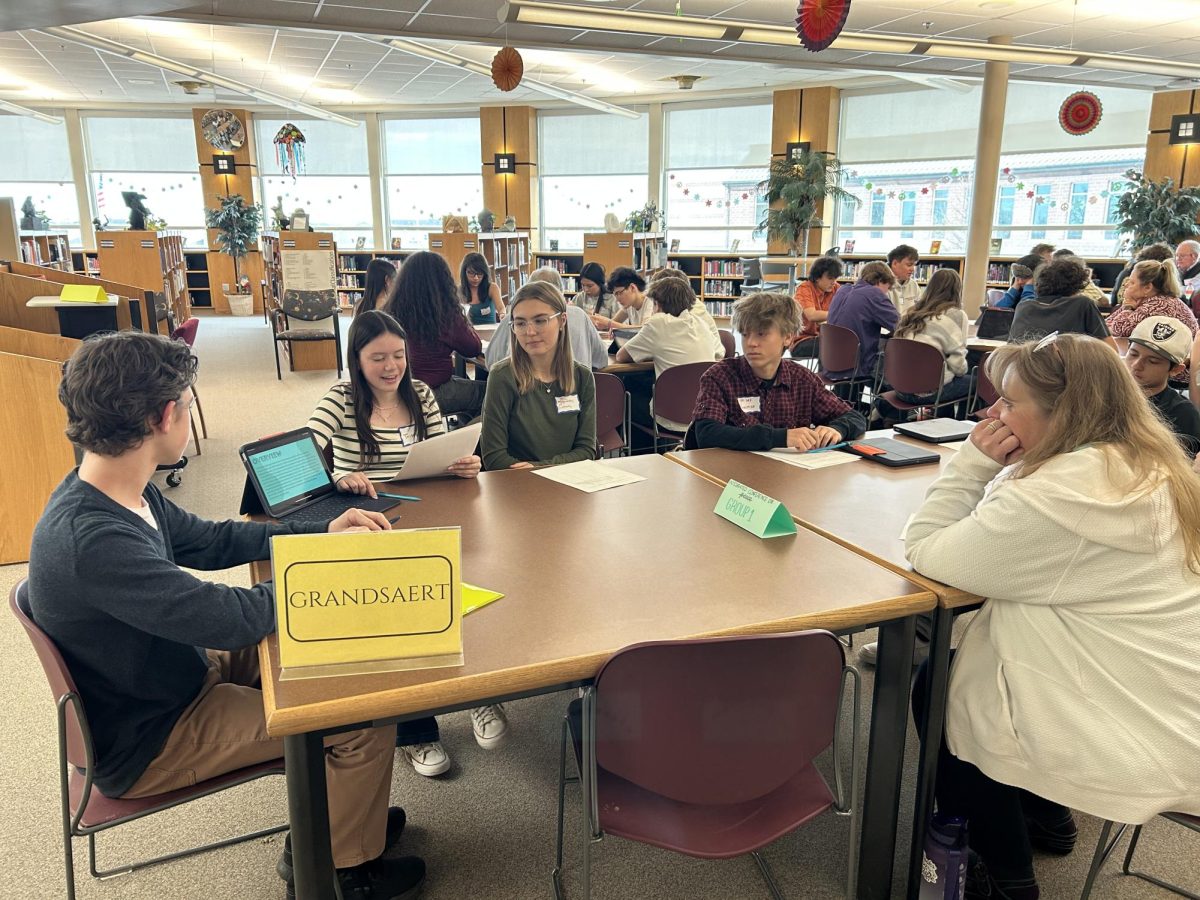
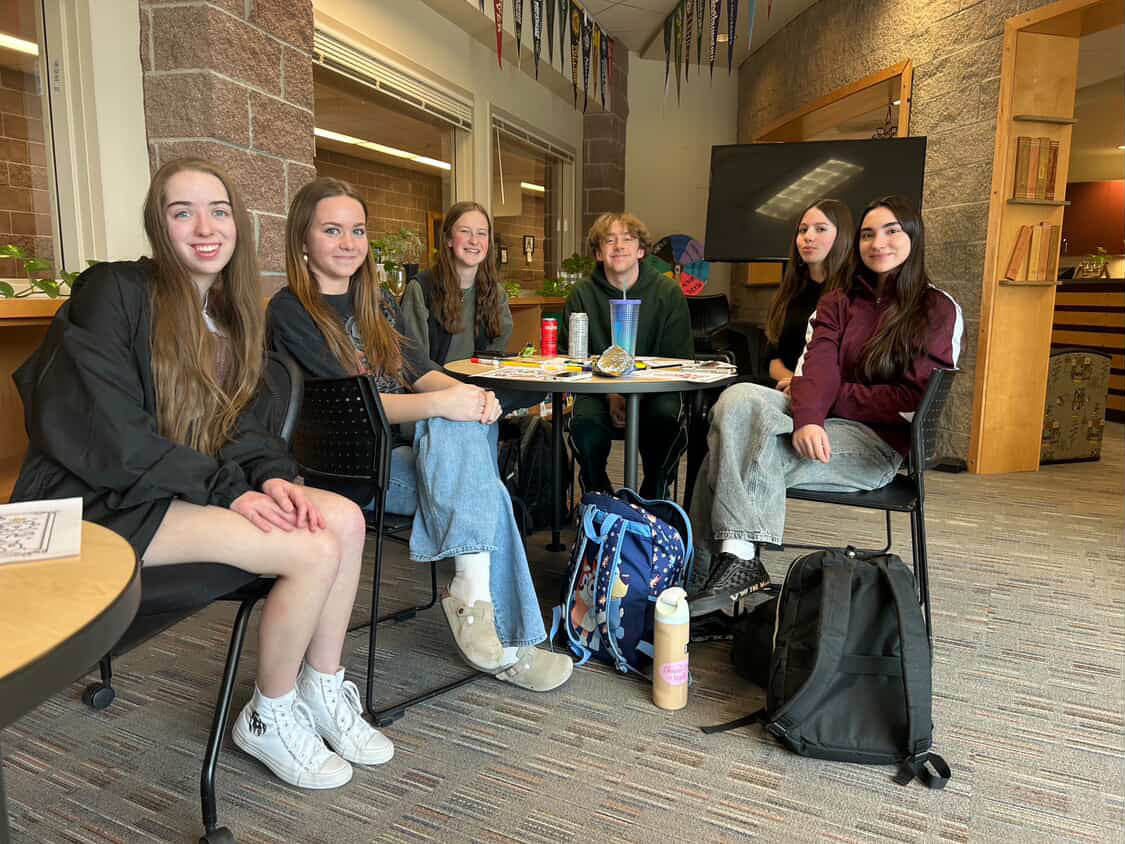
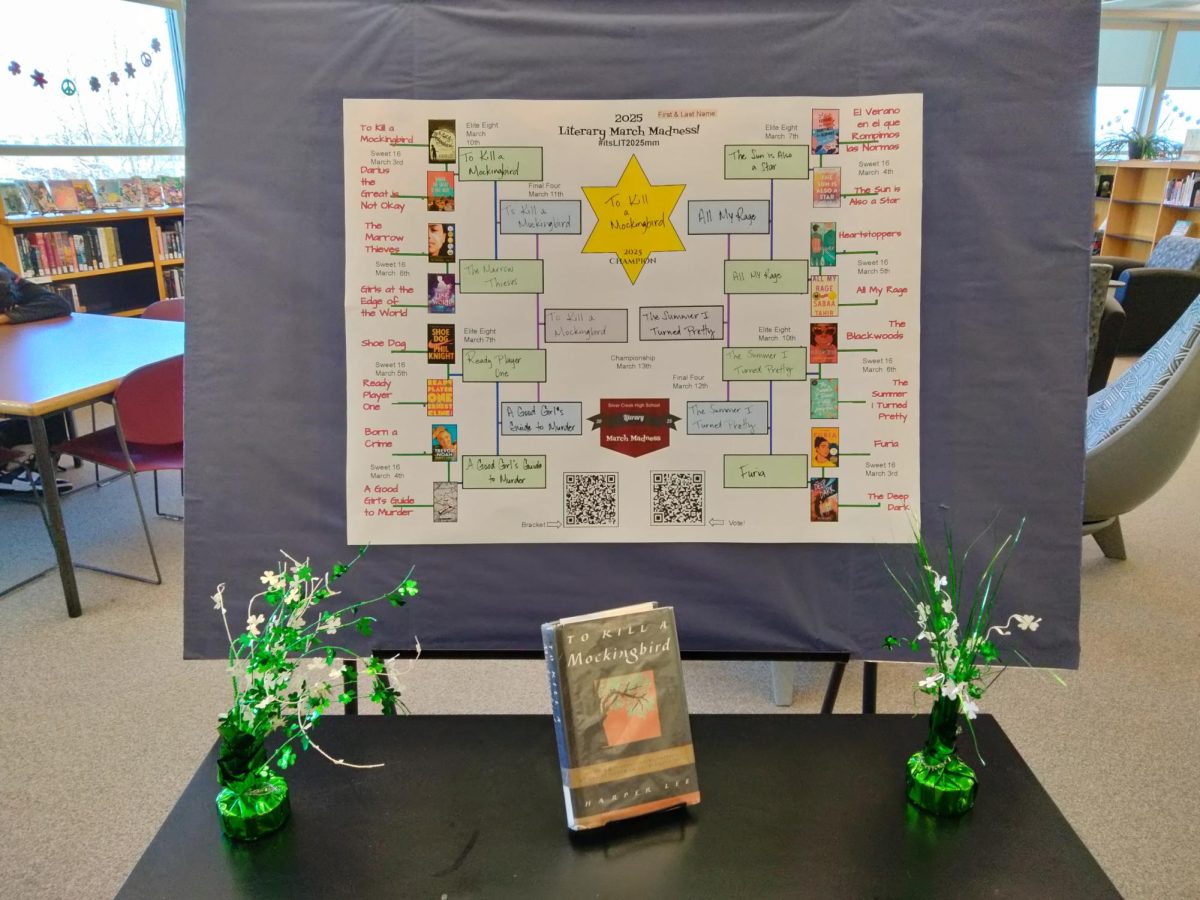
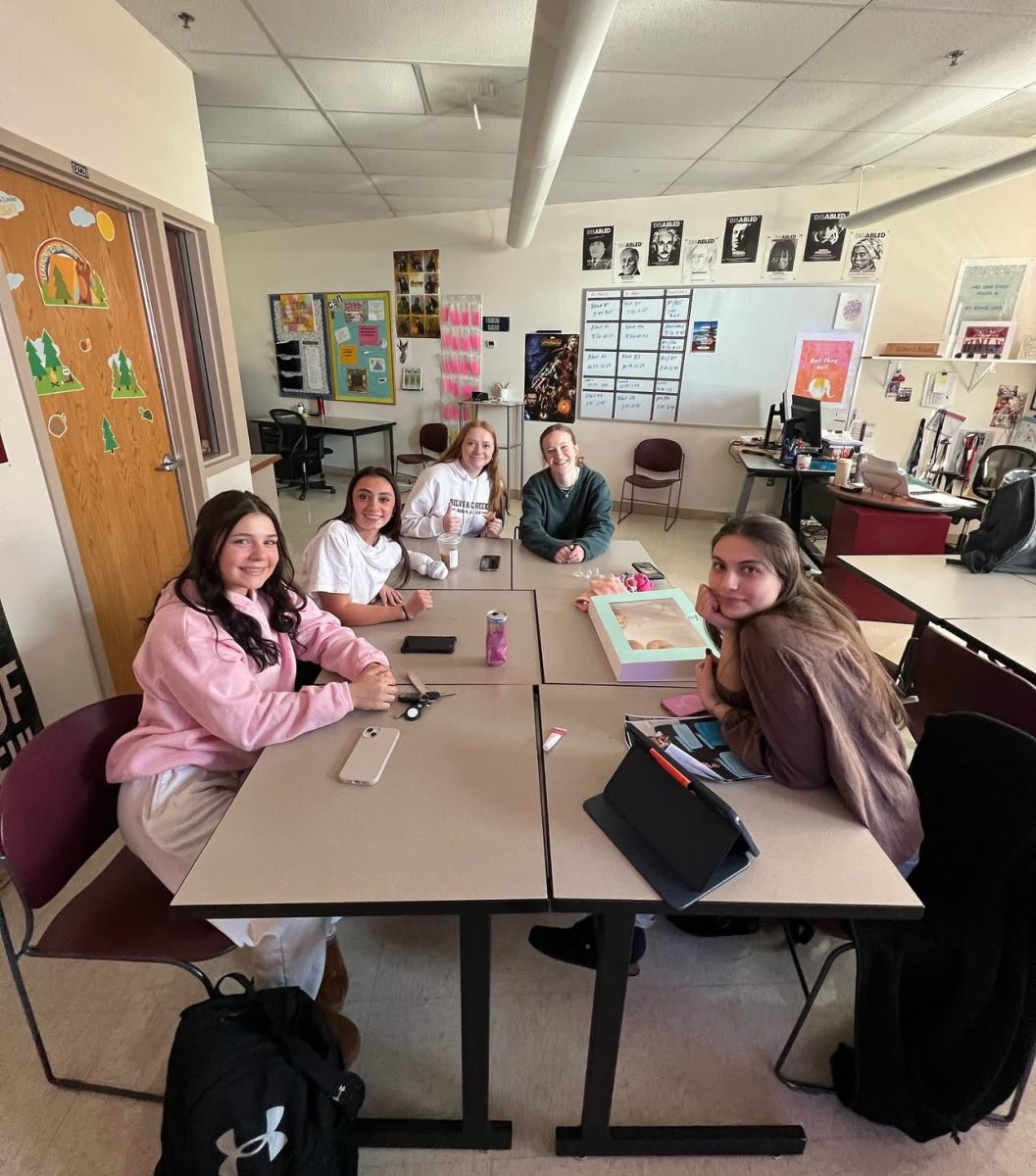

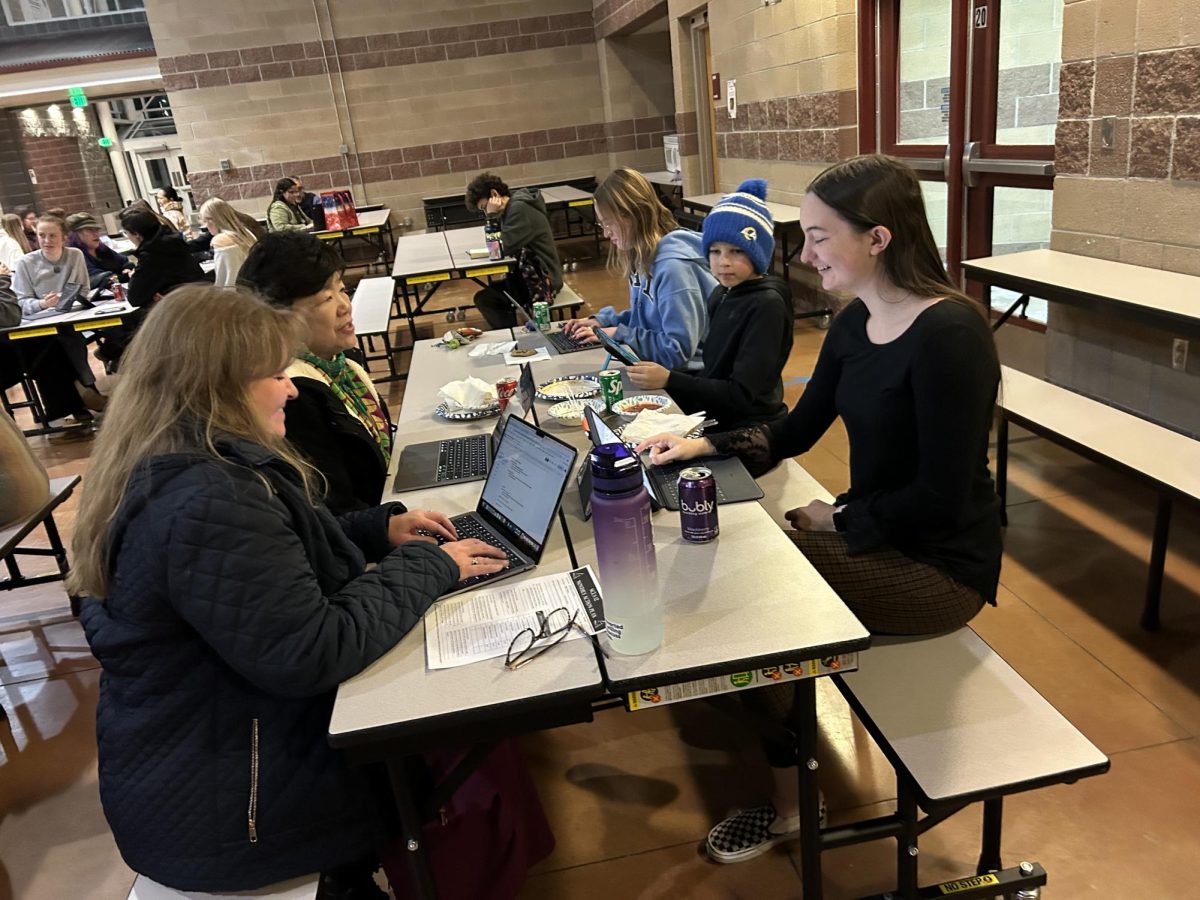
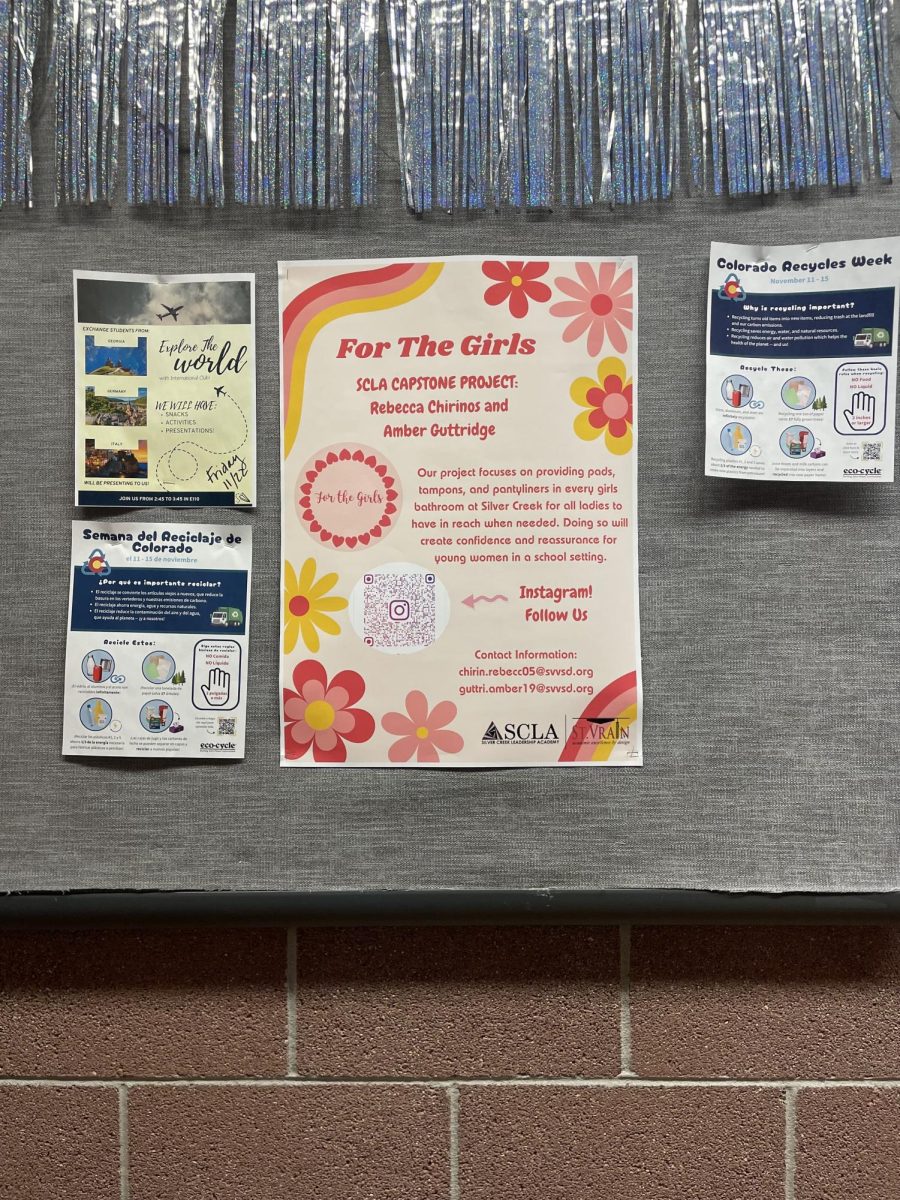
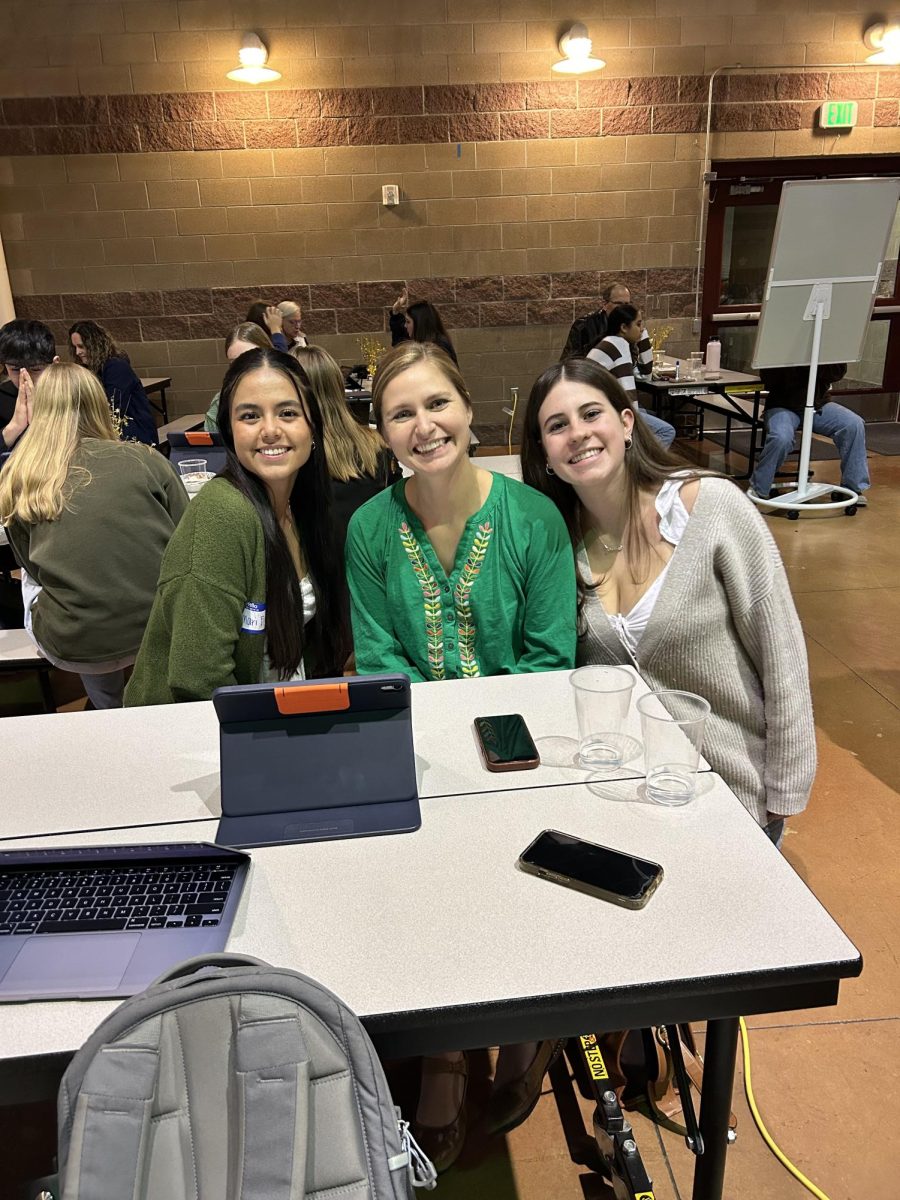
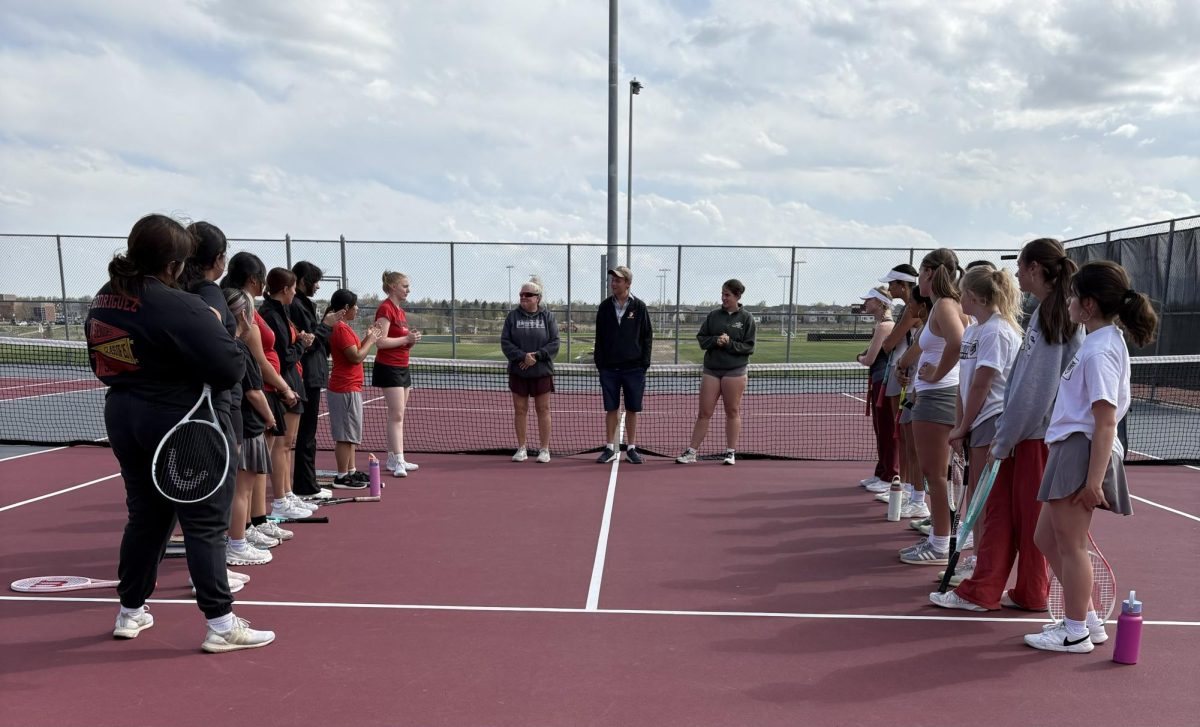



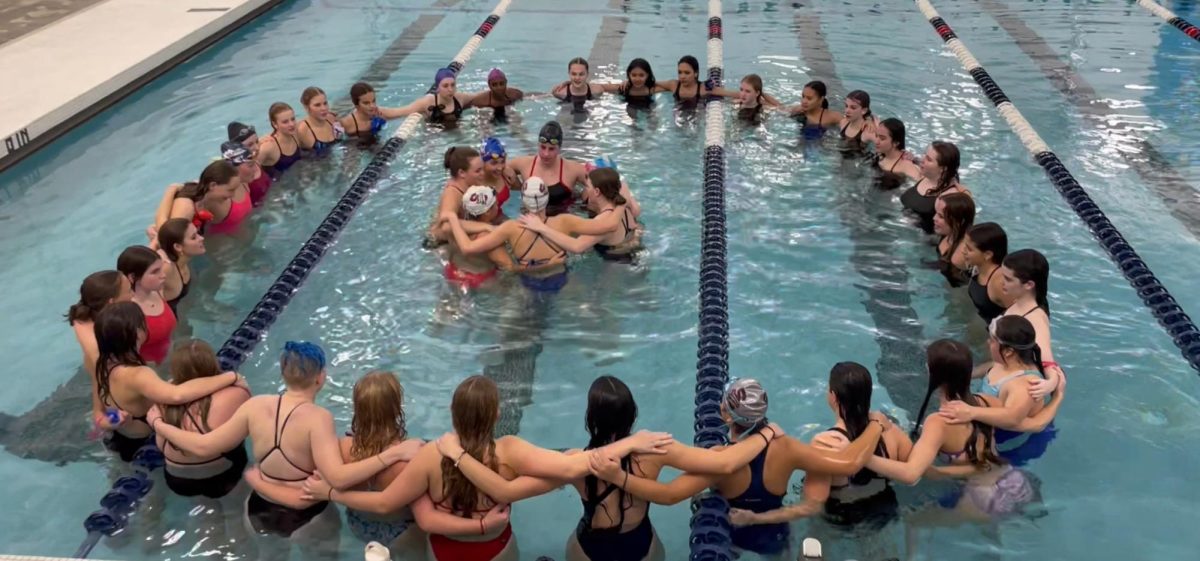
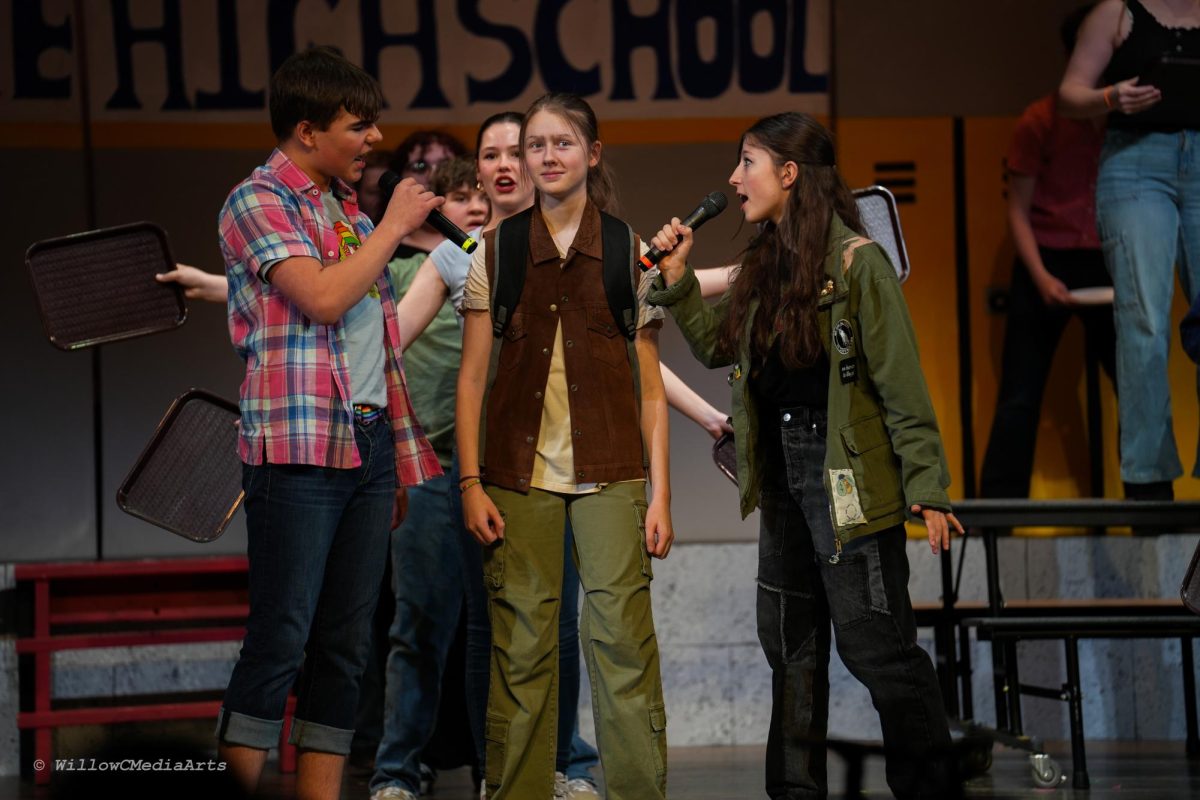
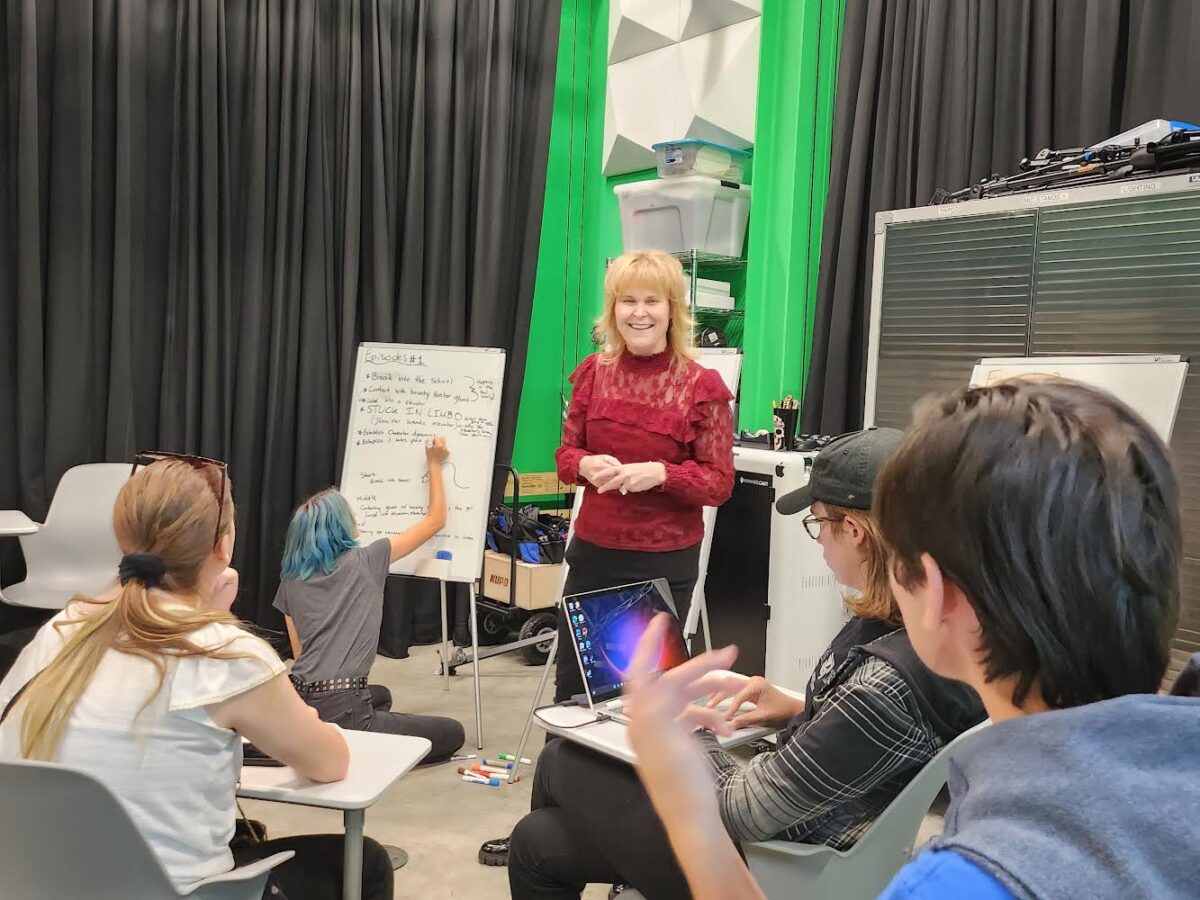

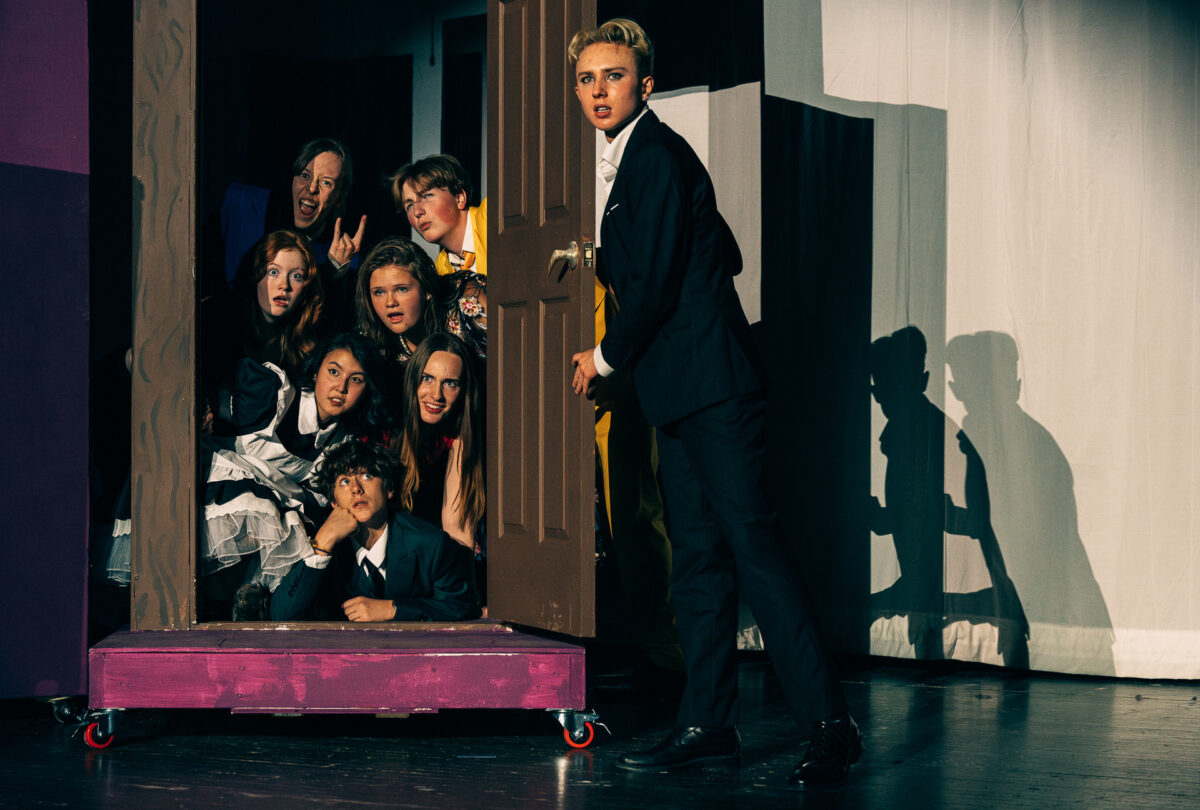
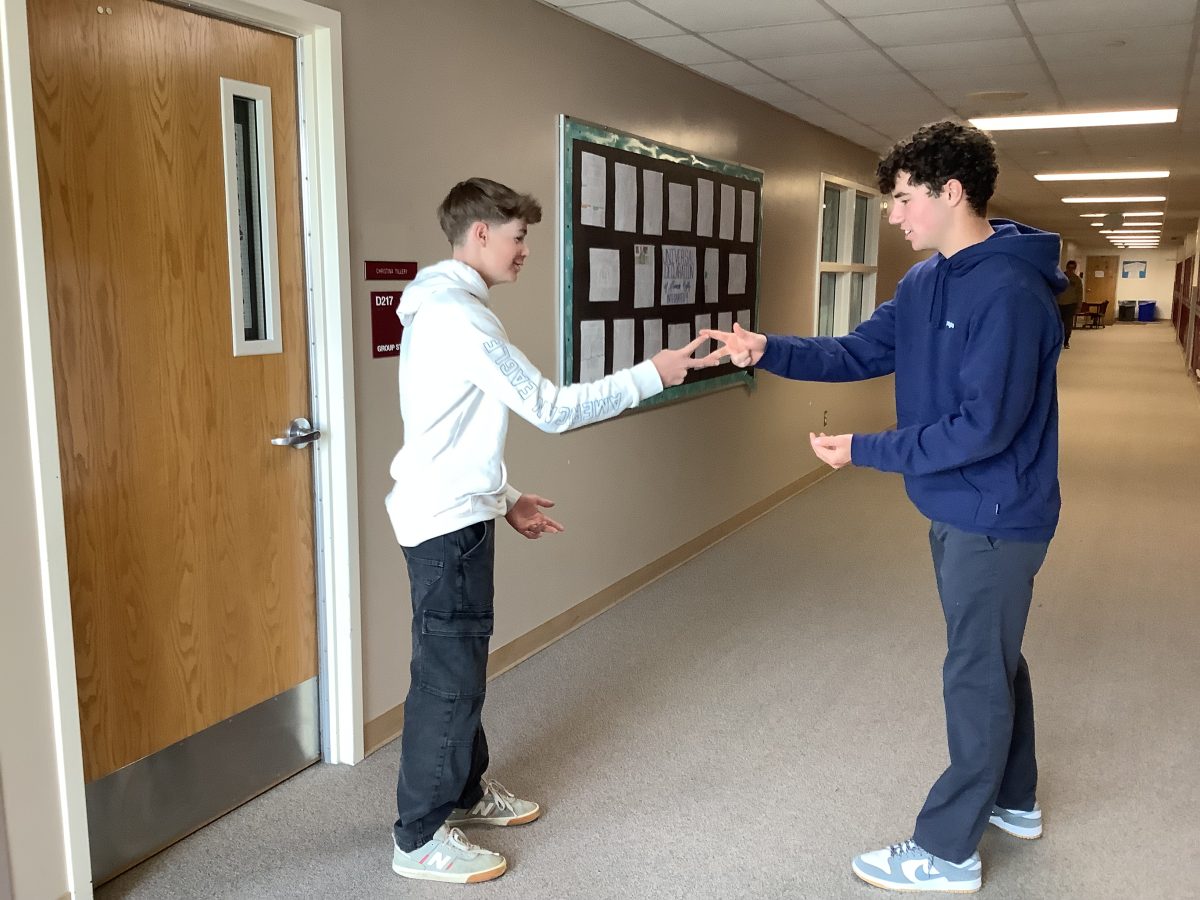
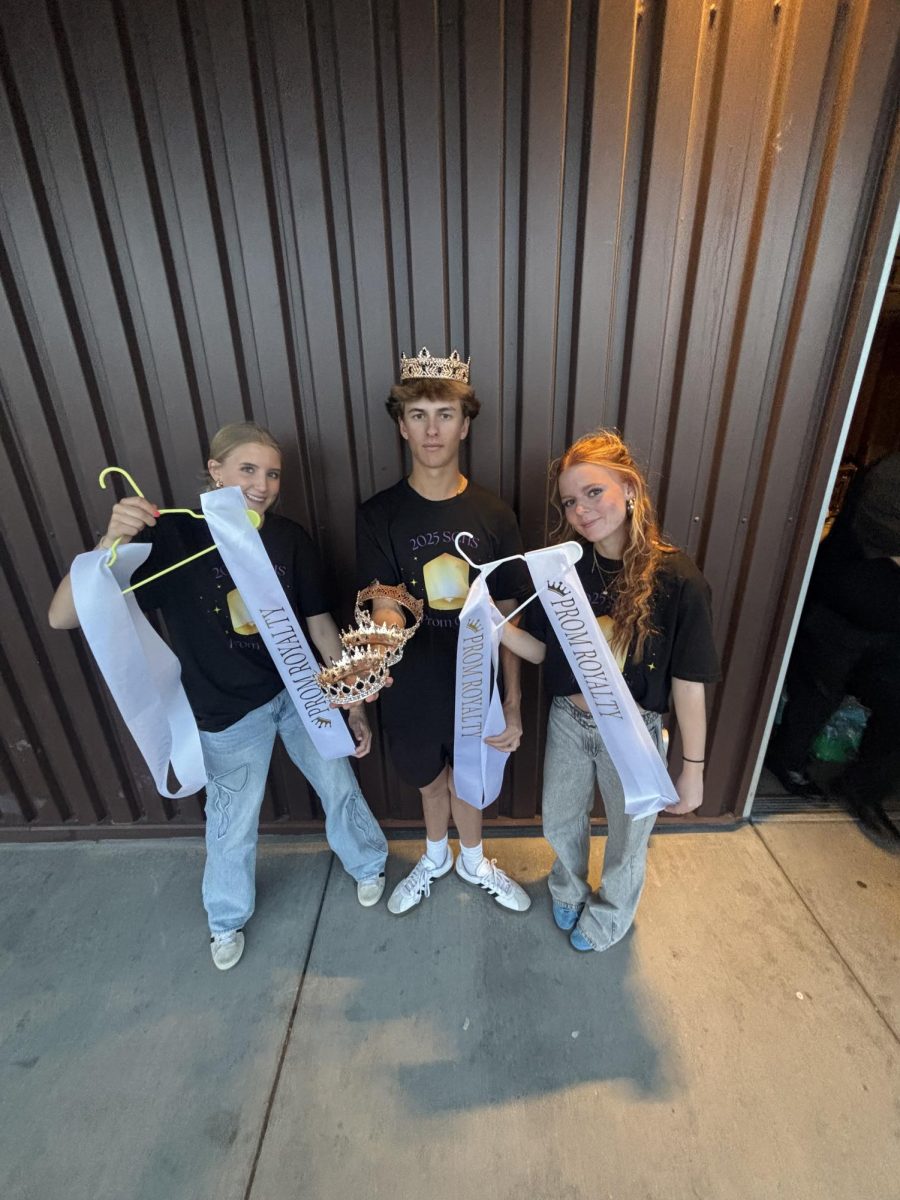
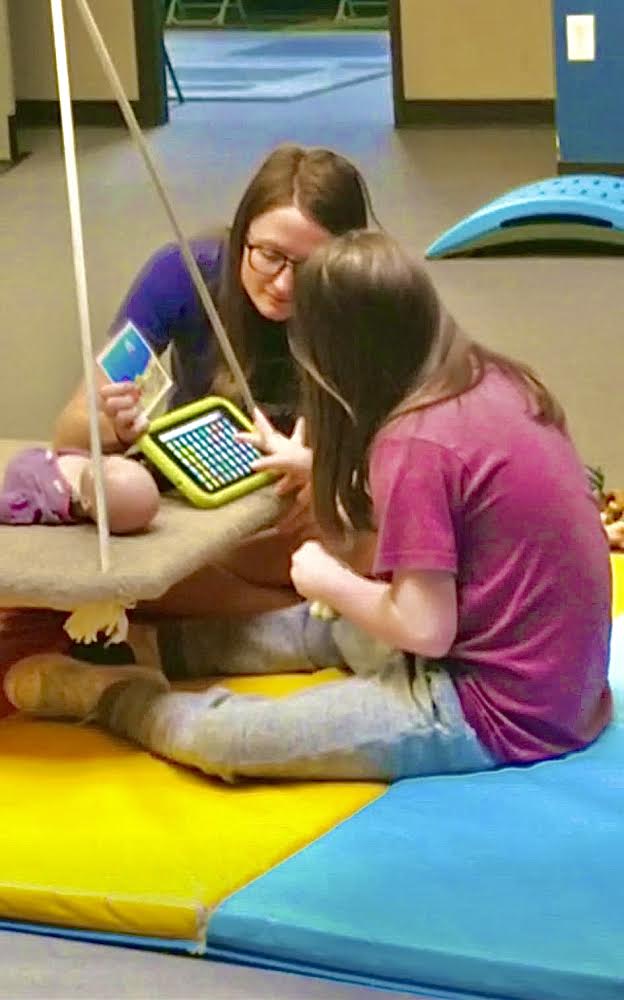
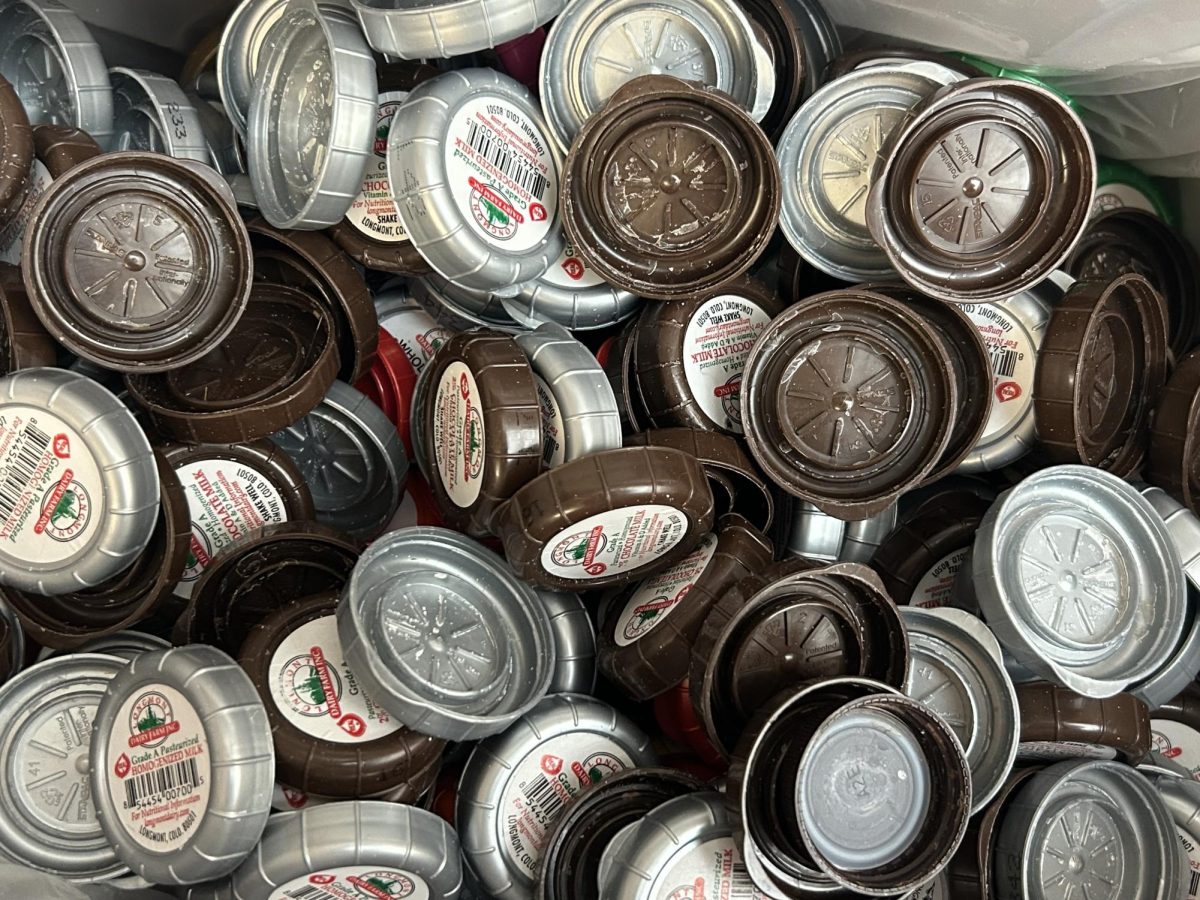
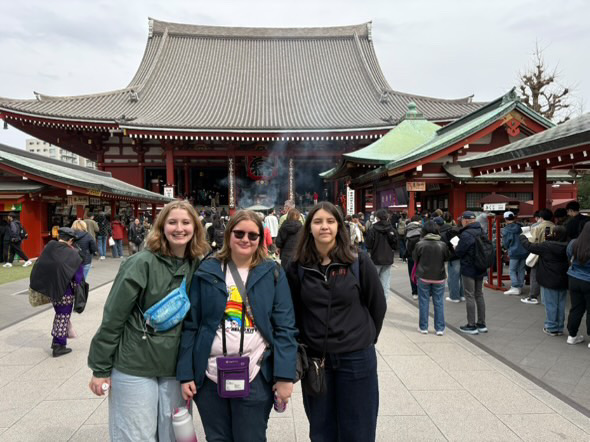
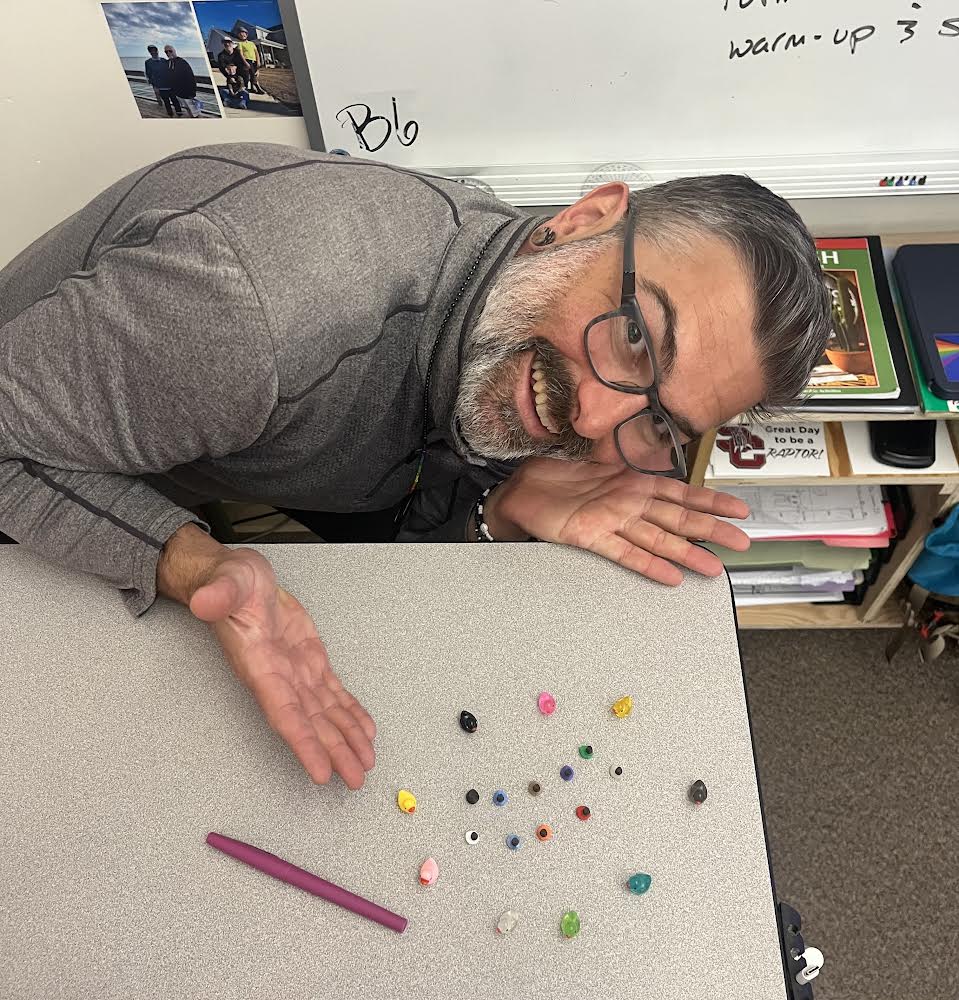
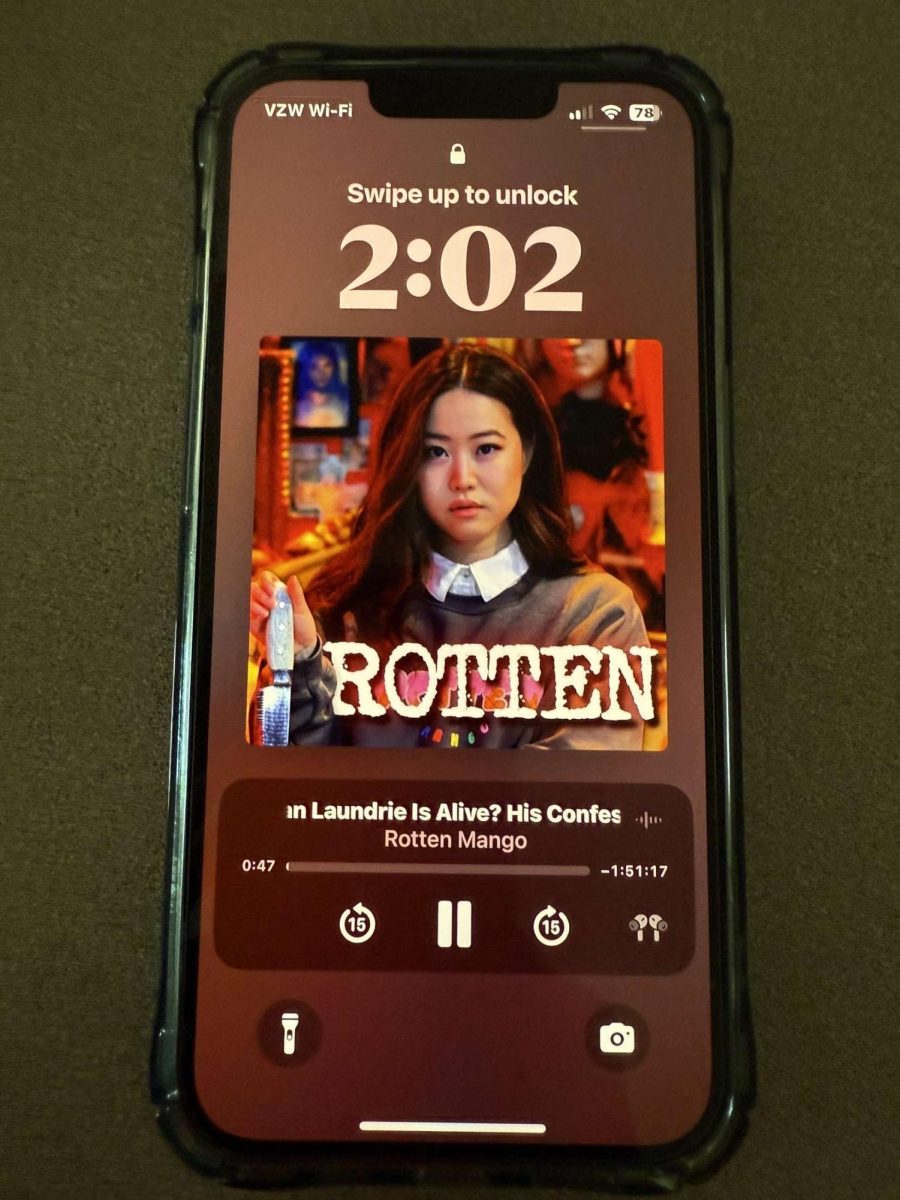
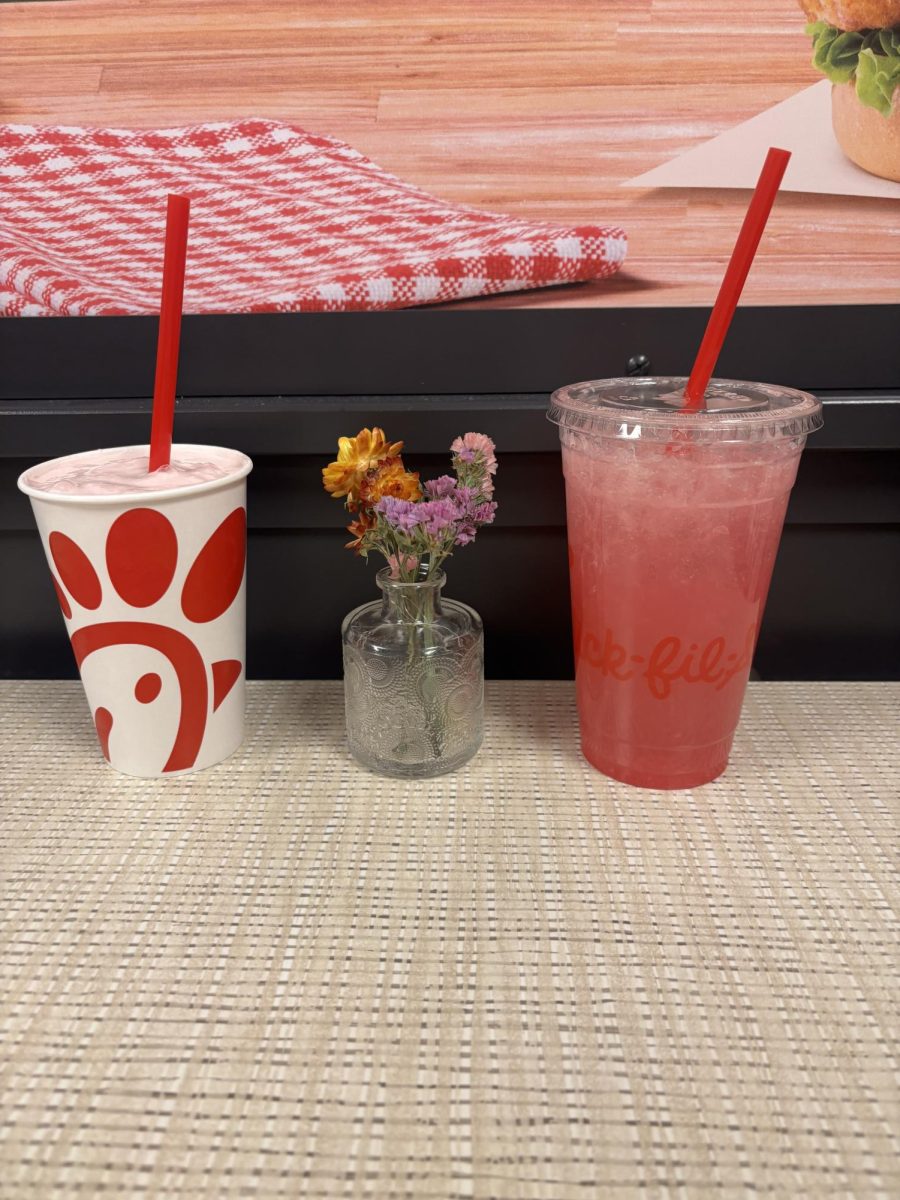
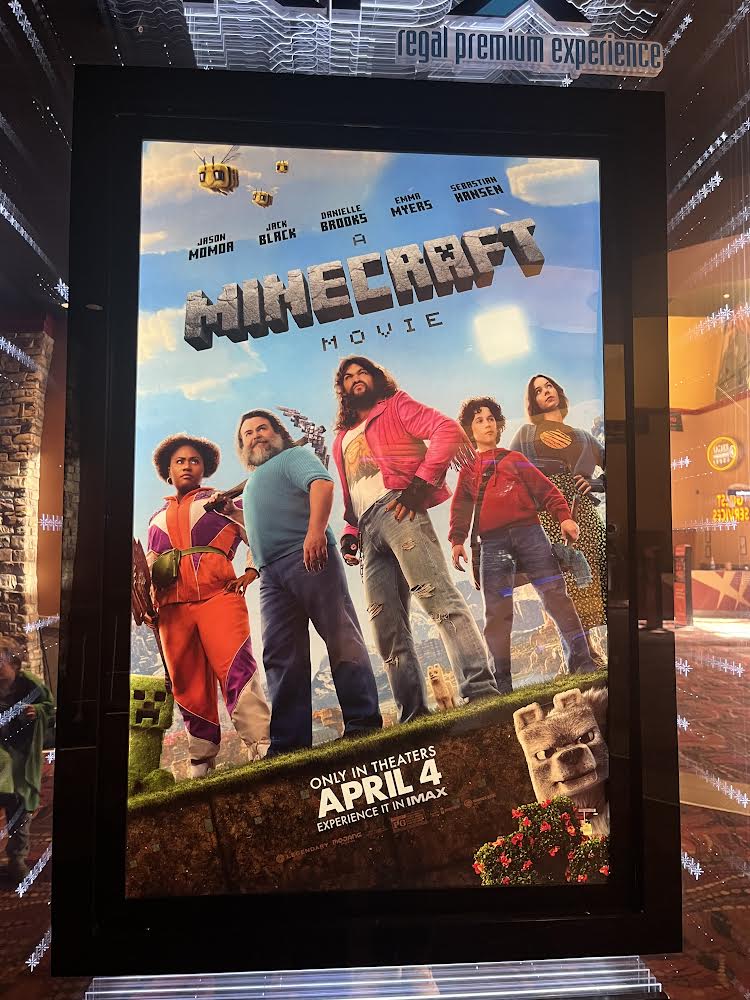
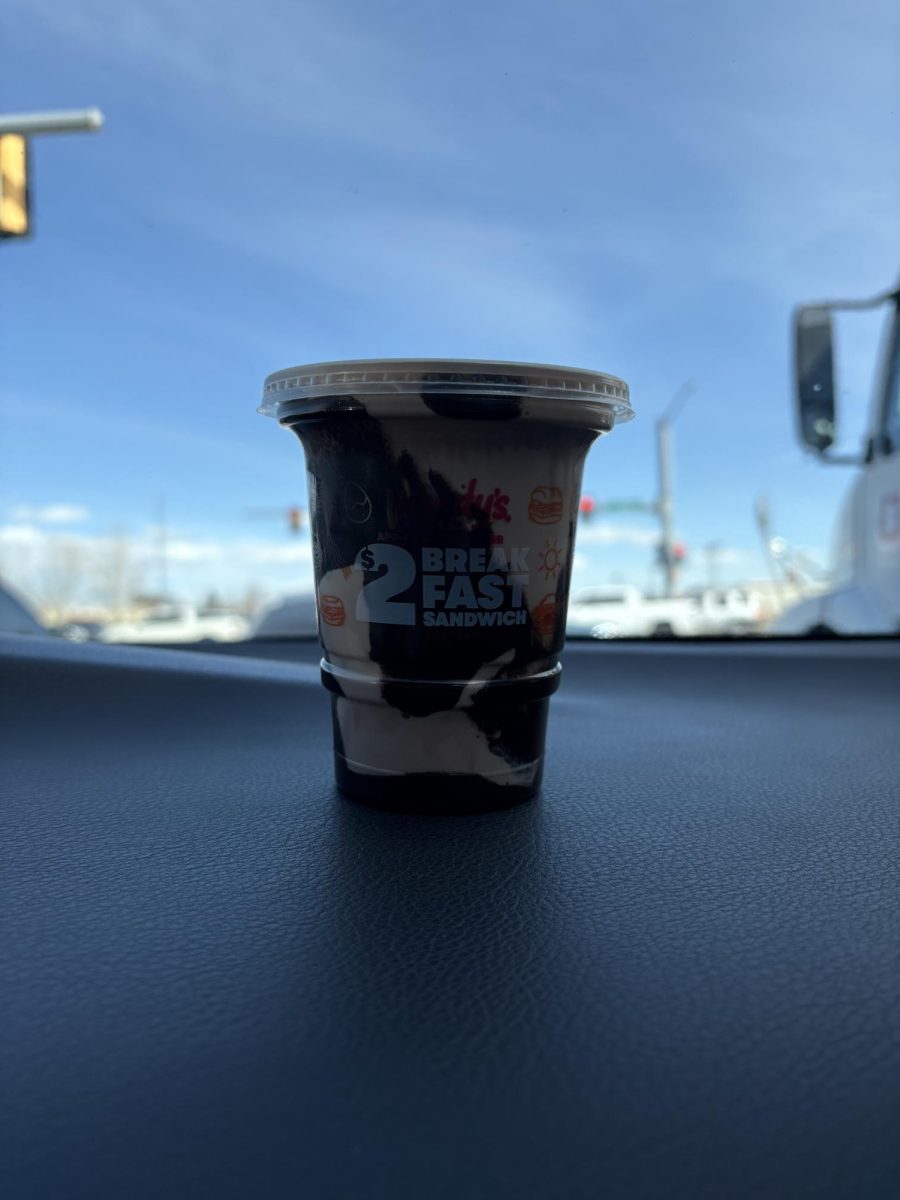

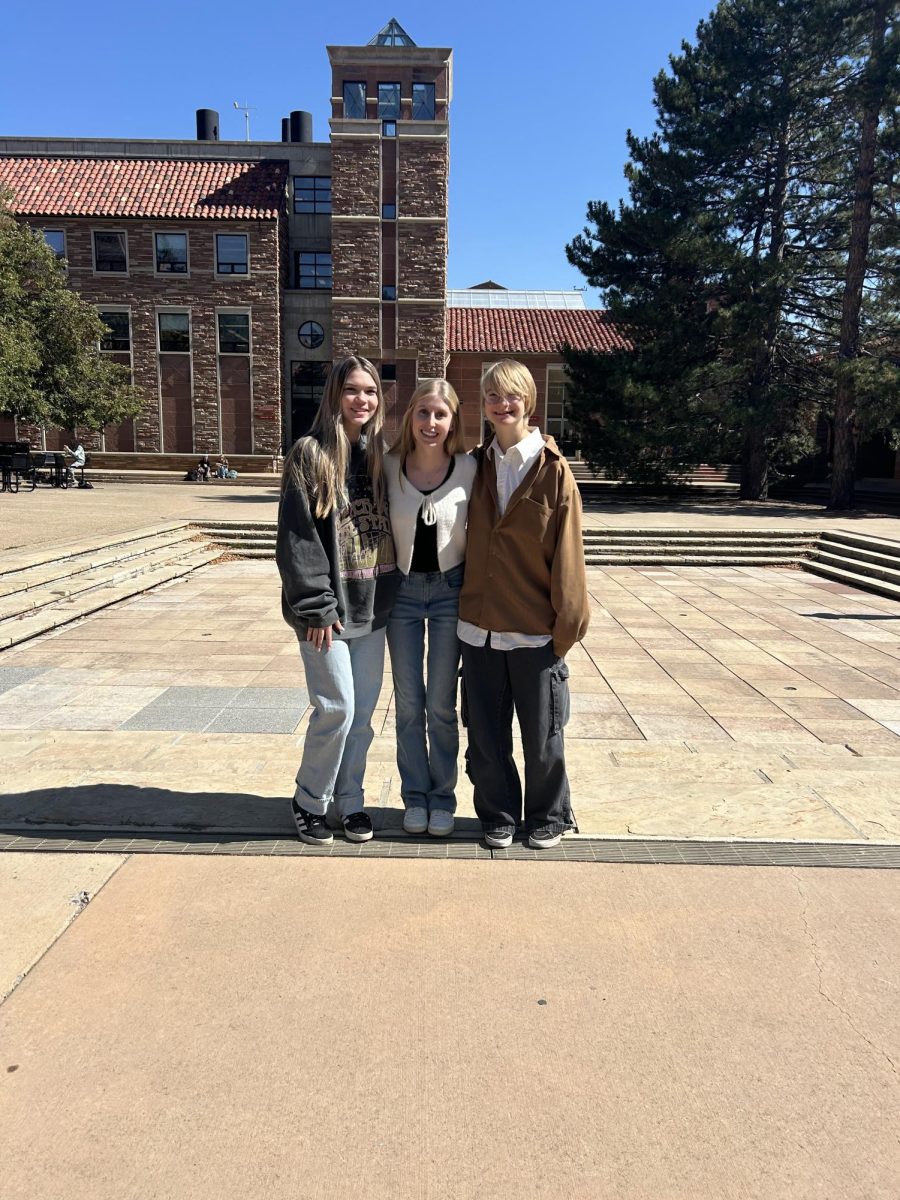
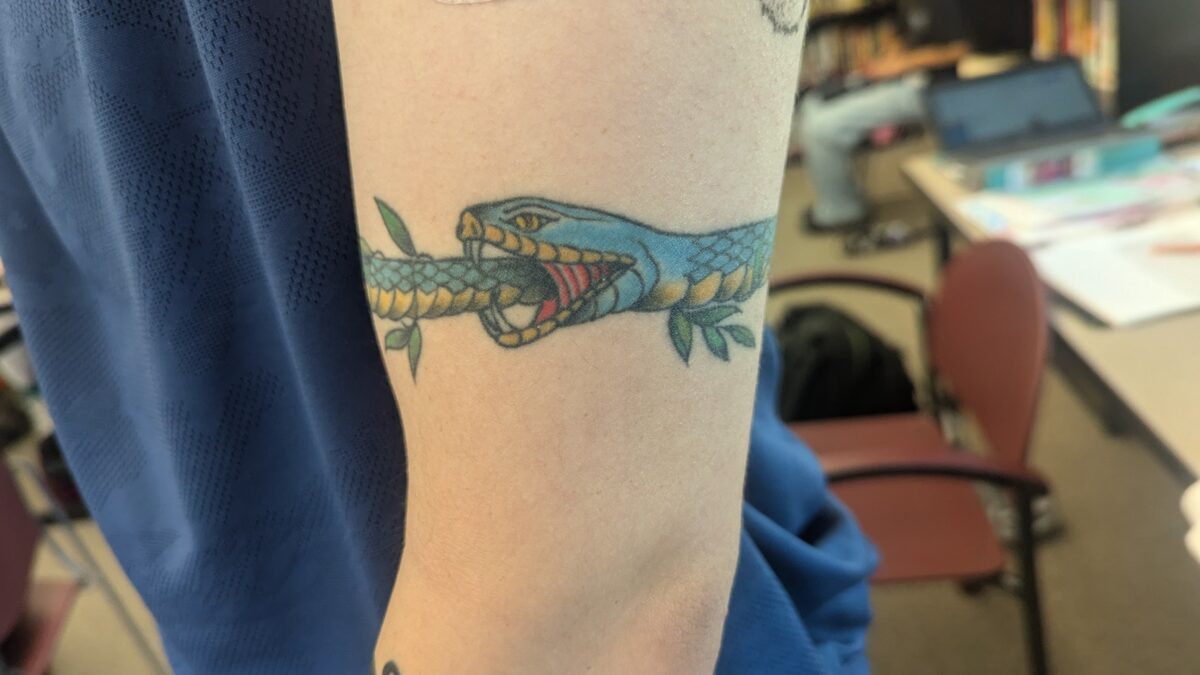
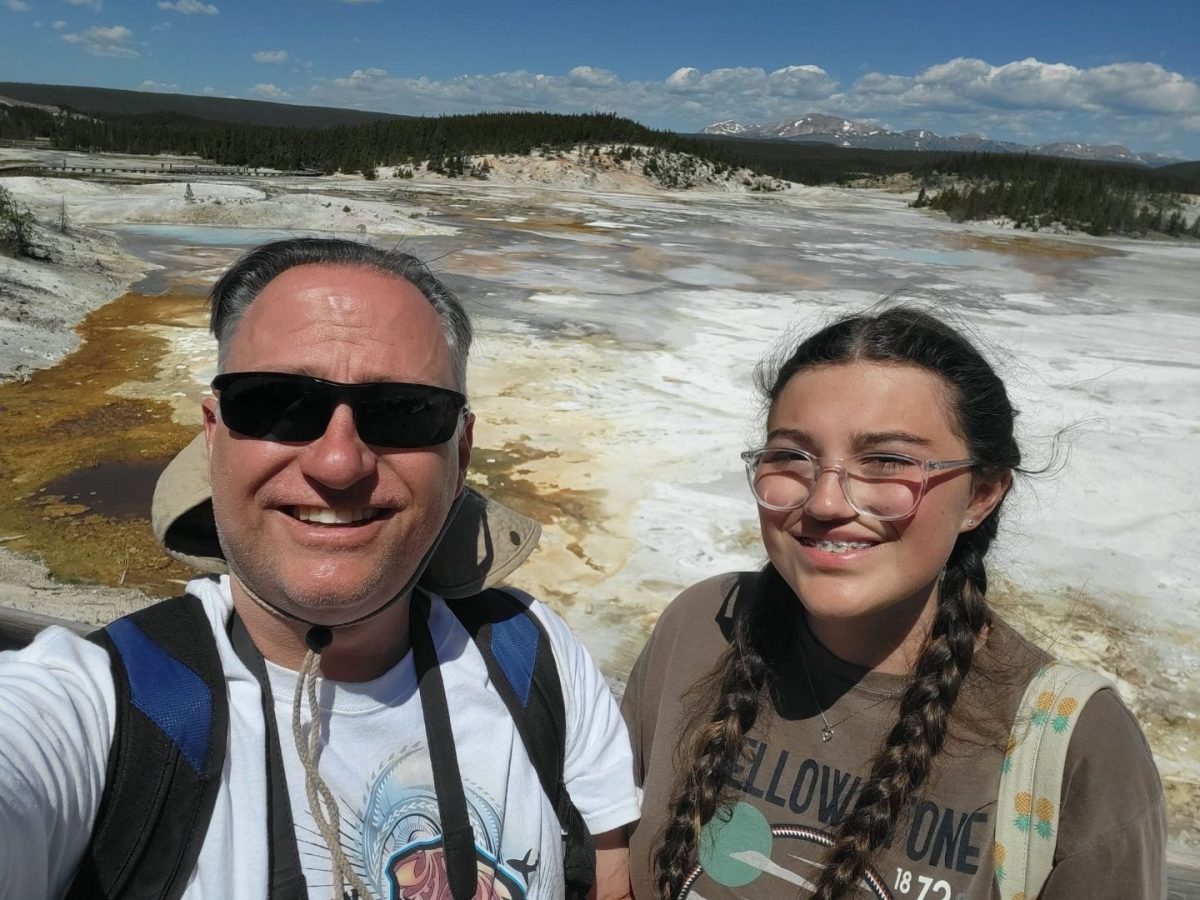
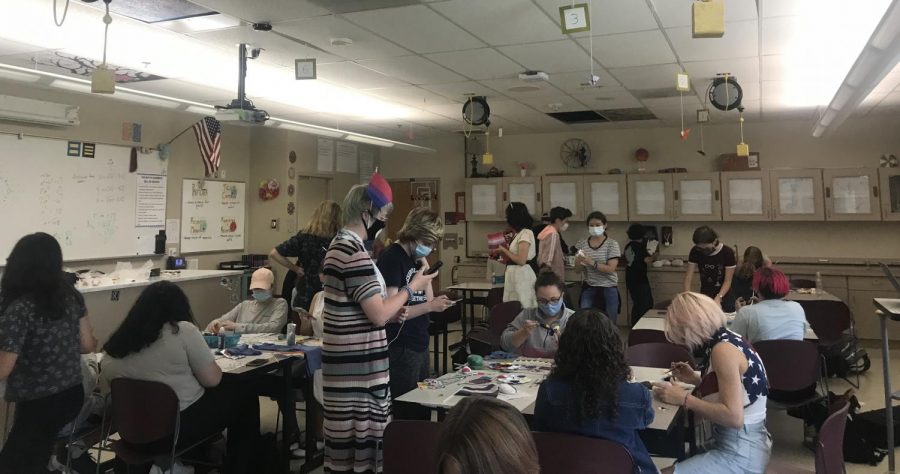

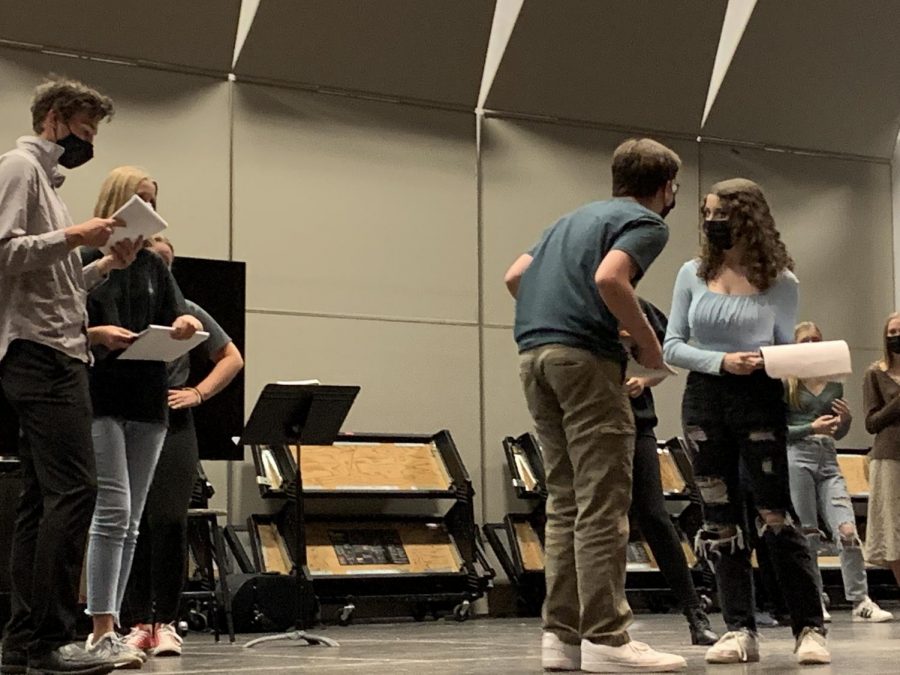
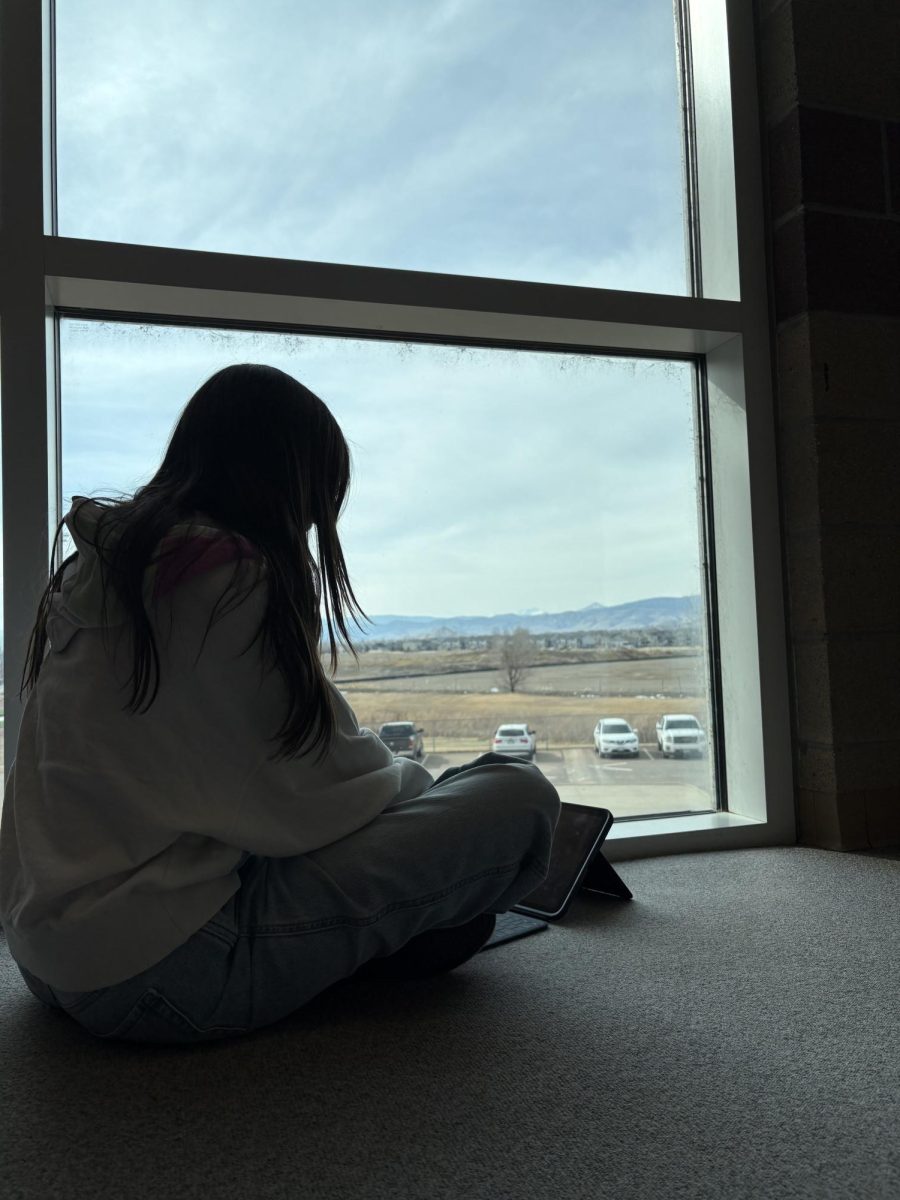

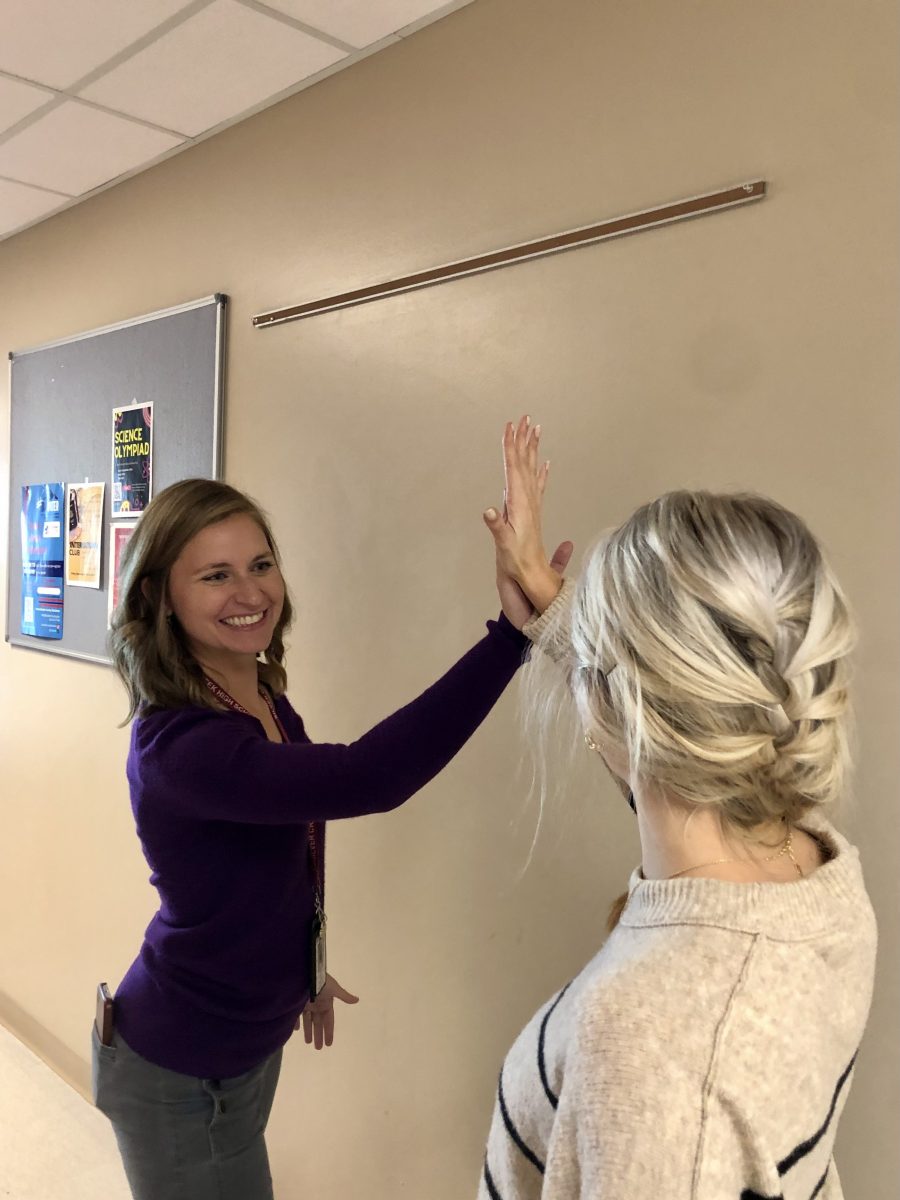
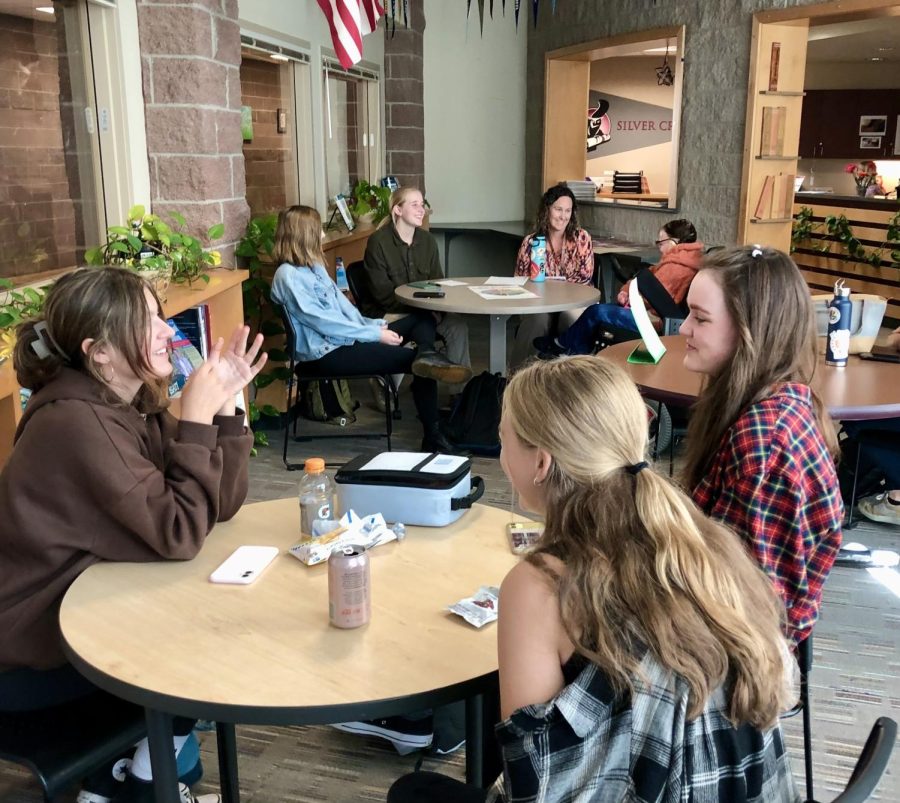
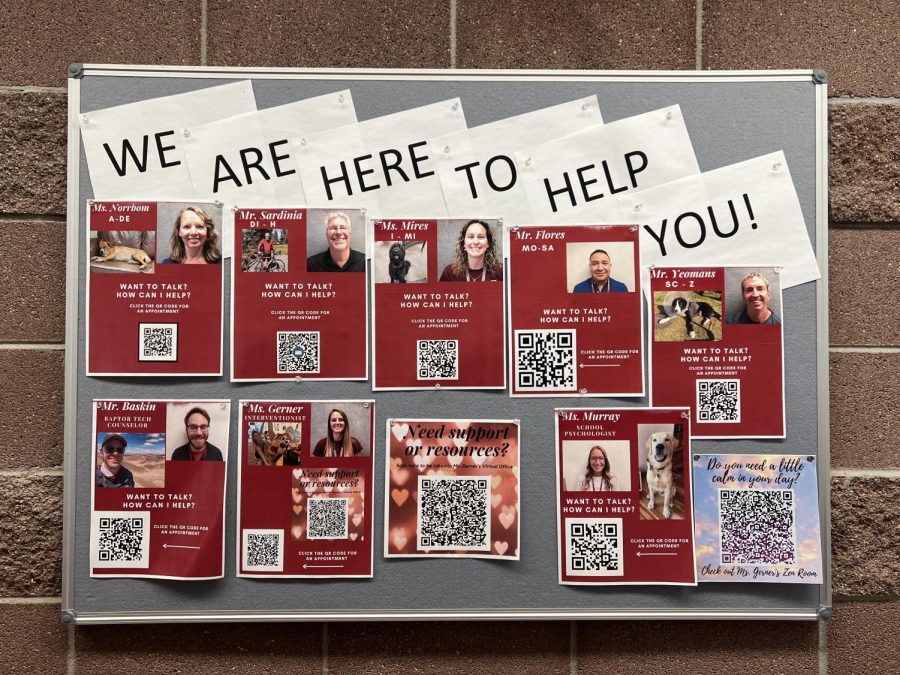
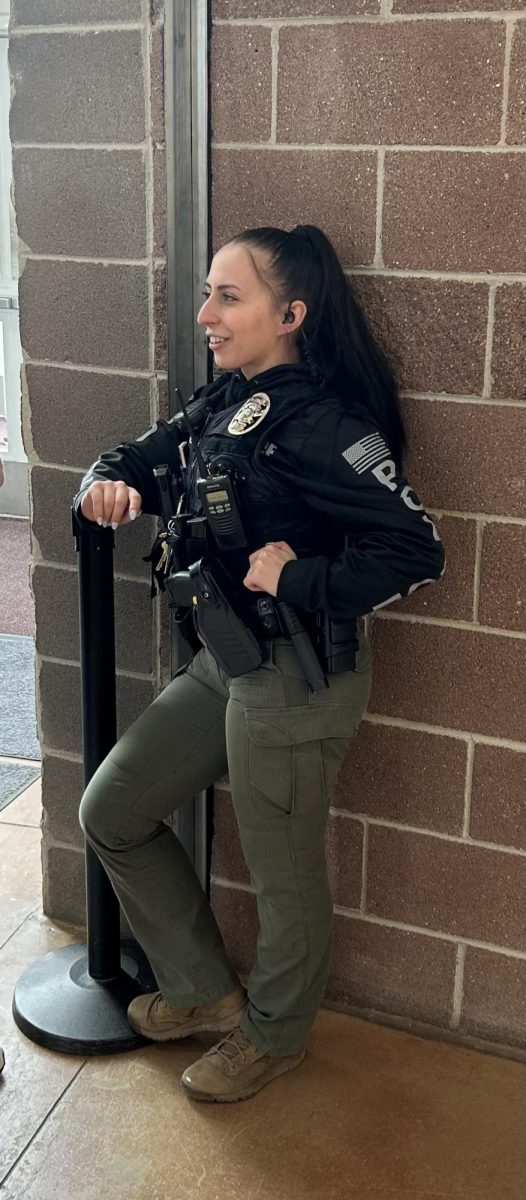

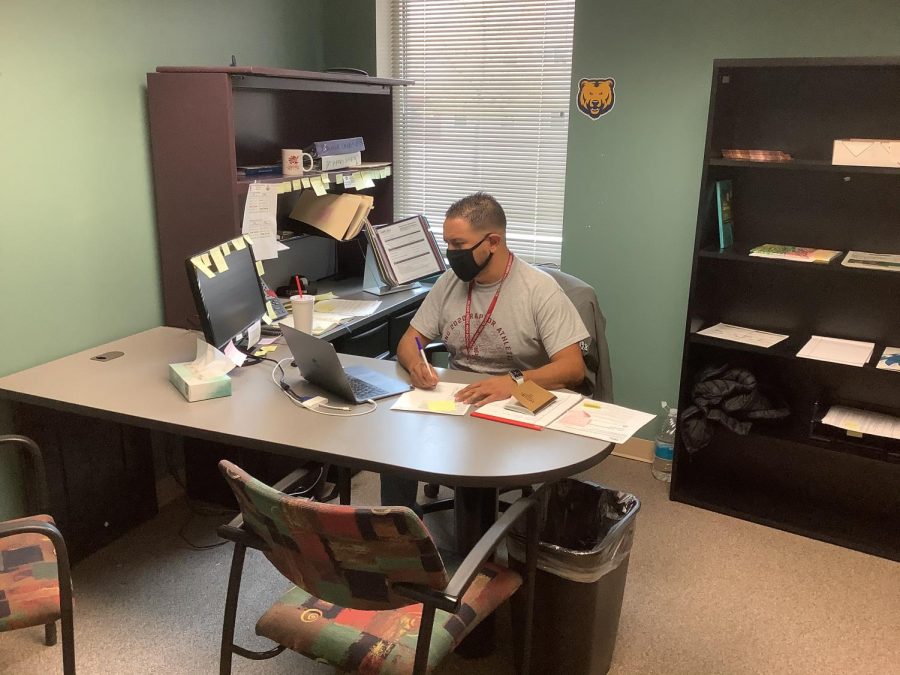
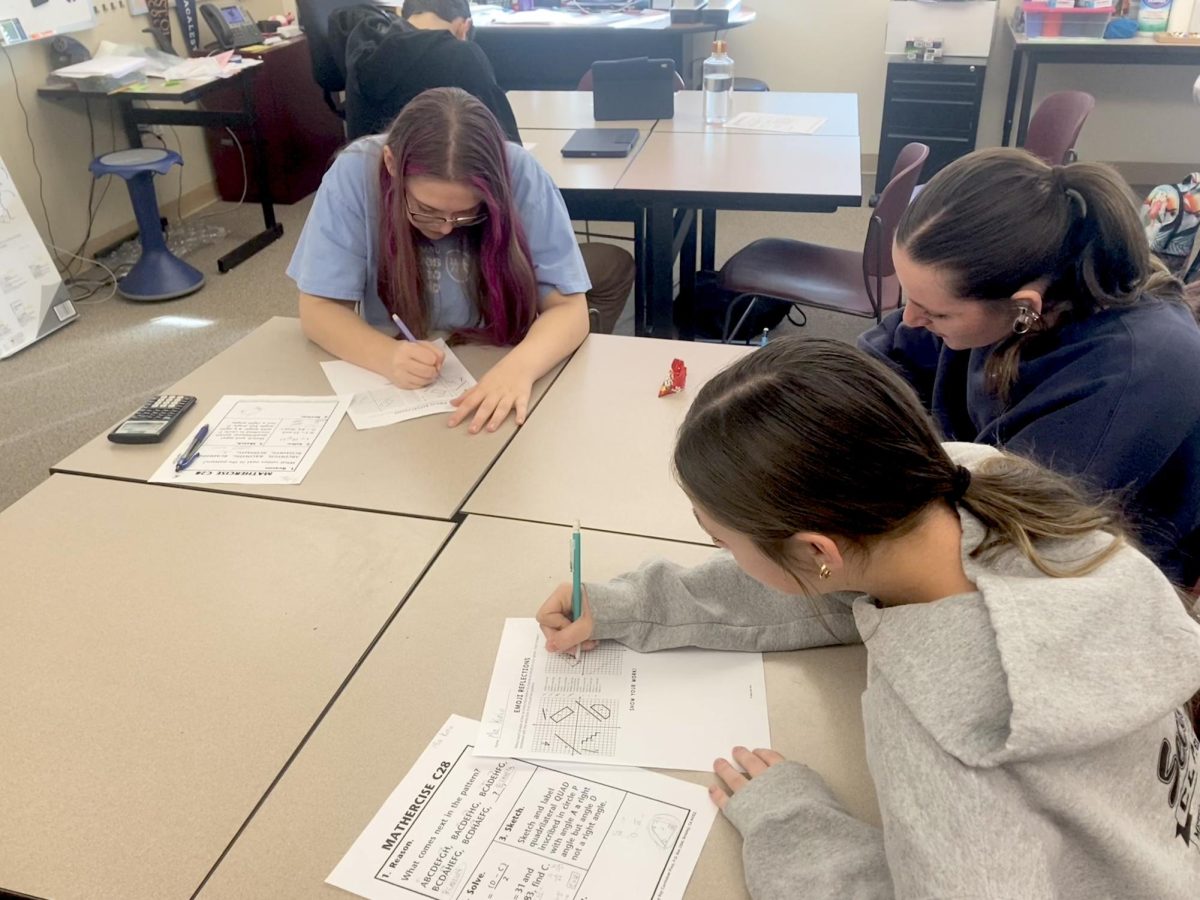
![Hosting the SCLA Casptone Mentor Dinner outside allowed for more attendees on September 27, 2021 at Silver Creek. This event would’ve usually been held inside. According to Lauren Kohn, a SCLA 12 teacher, “If we have a higher number of people, as long as we can host the event outside, then that seems to be keeping every[one] safe”.](https://schsnews.org/wp-content/uploads/2021/11/sxMAIGbSYGodZkqmrvTi5YWcJ1ssWA08ApkeMLpp-900x675.jpeg)

